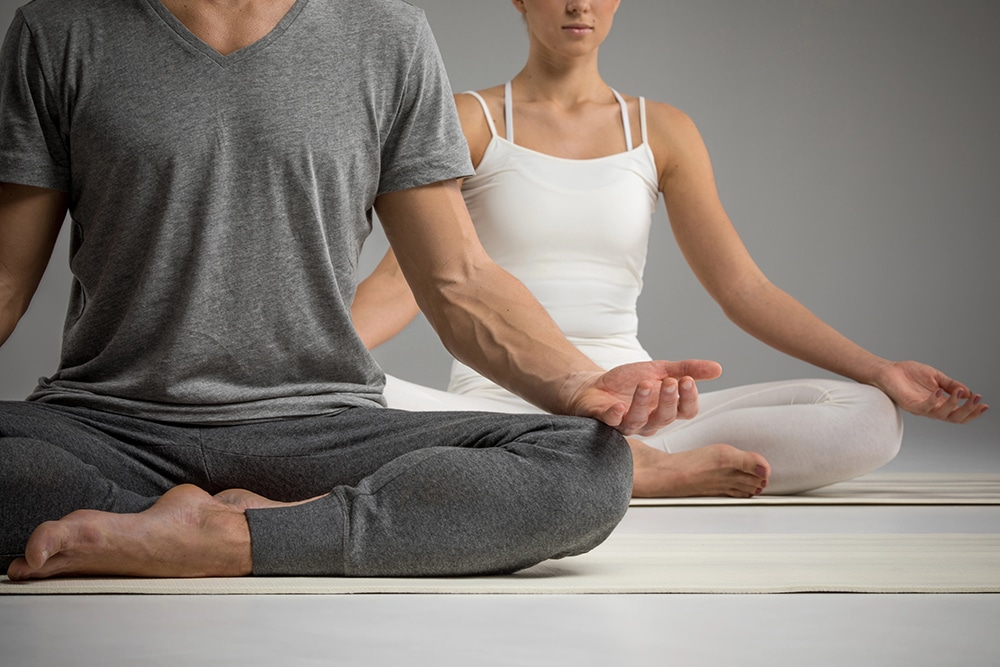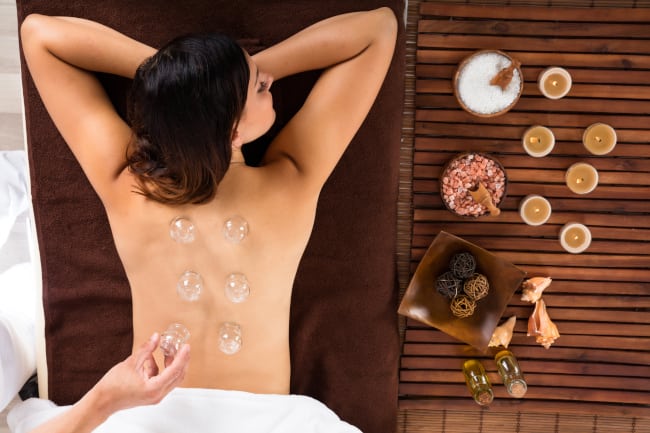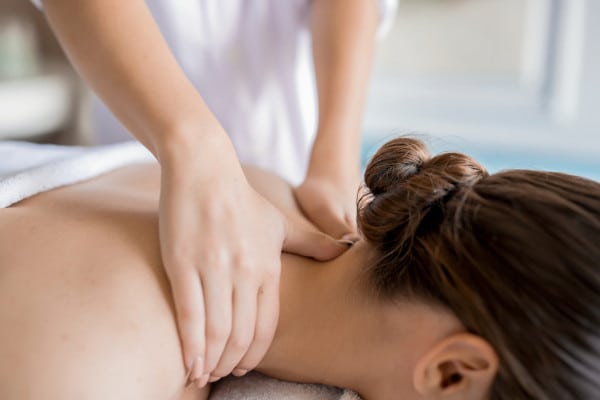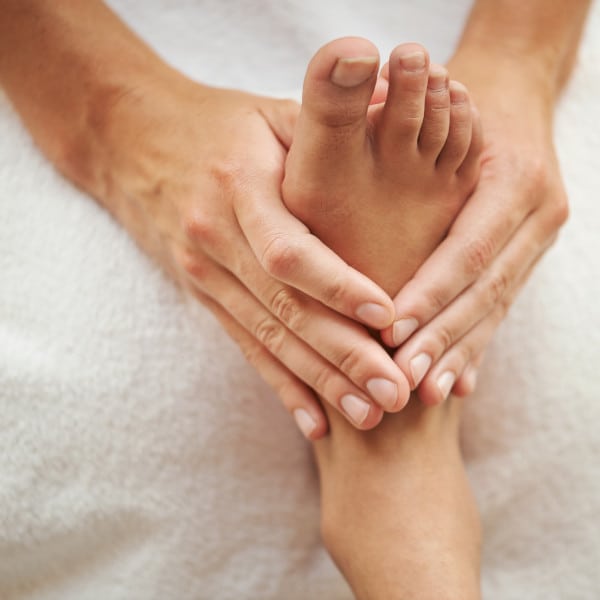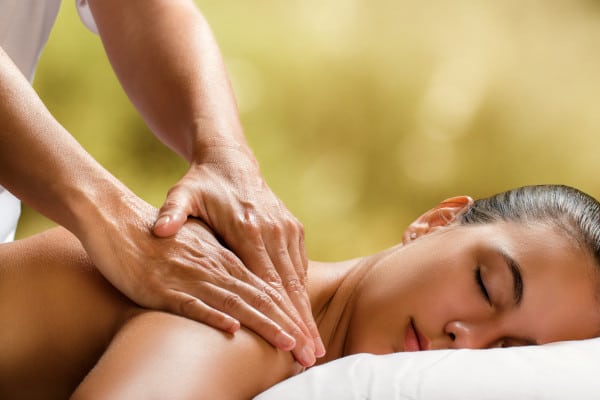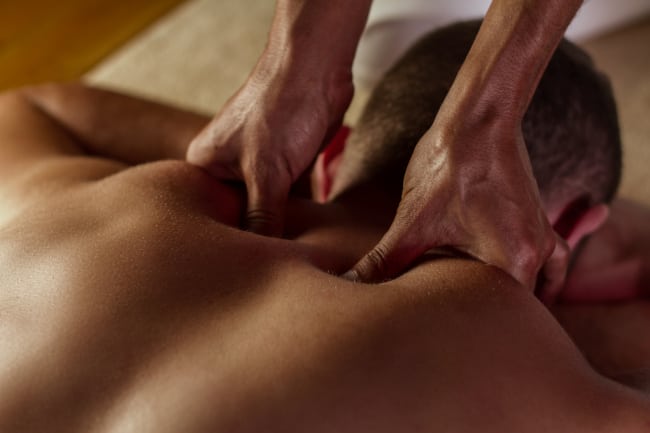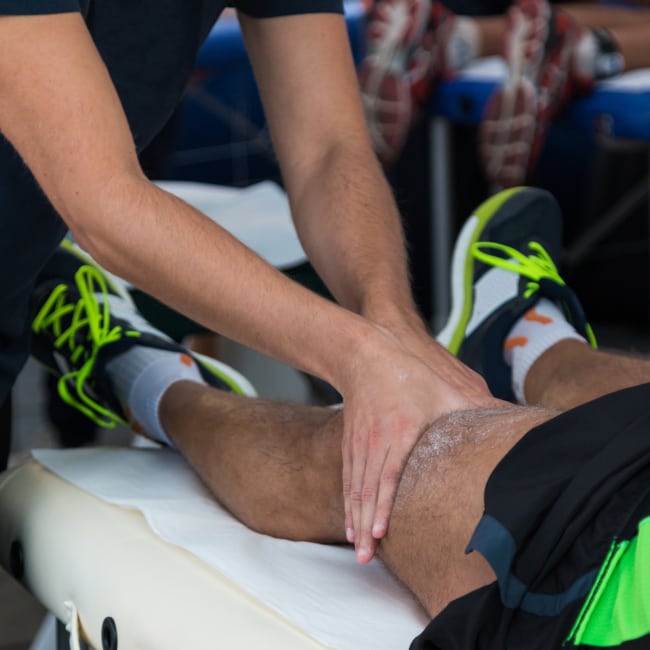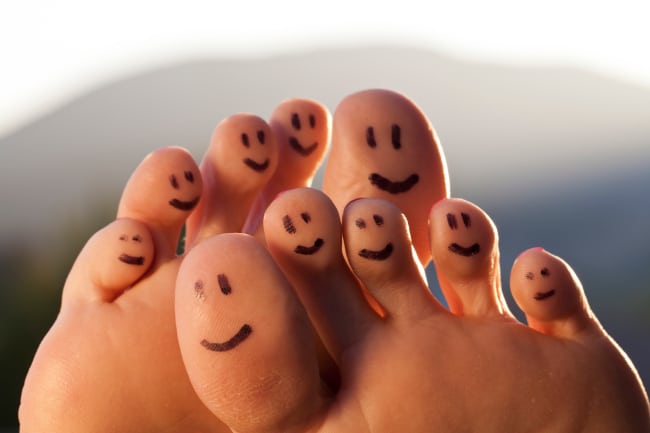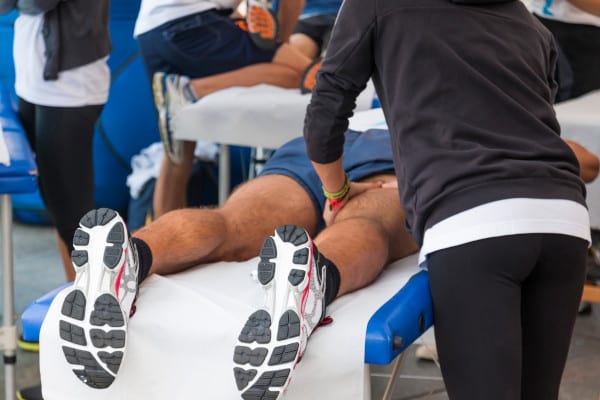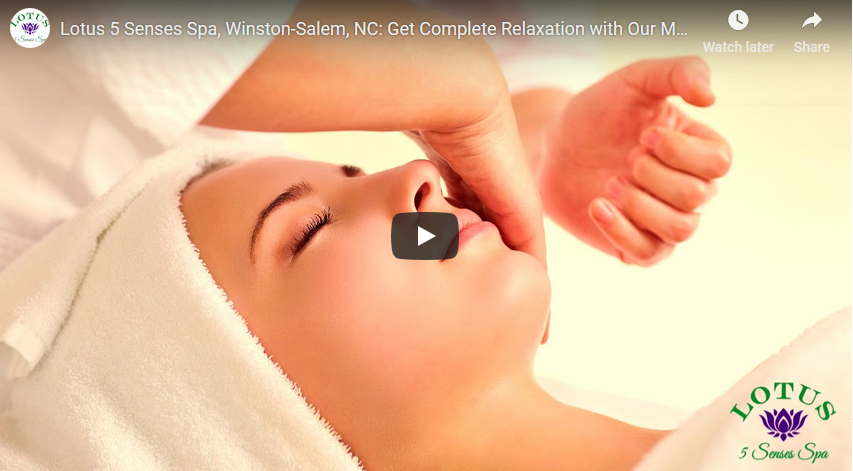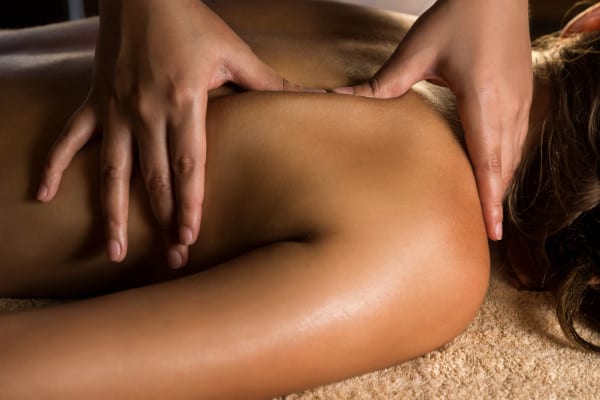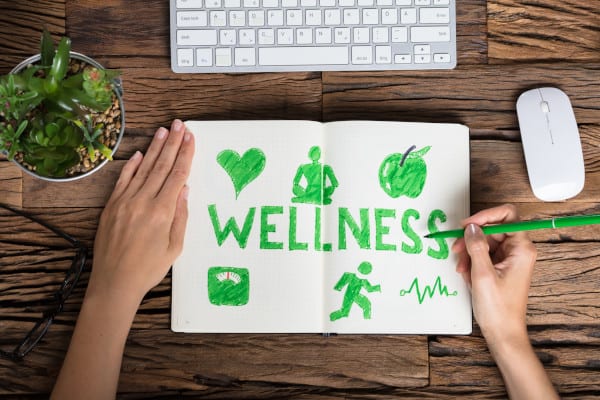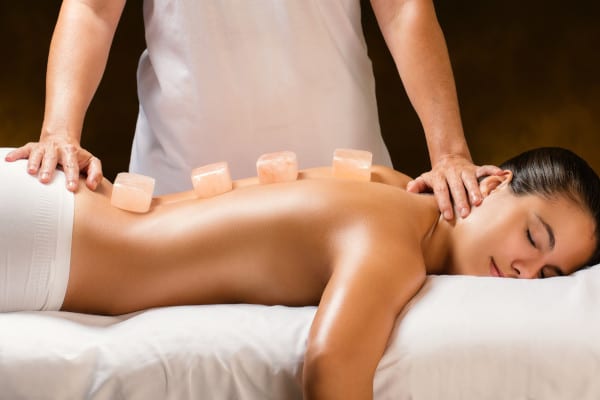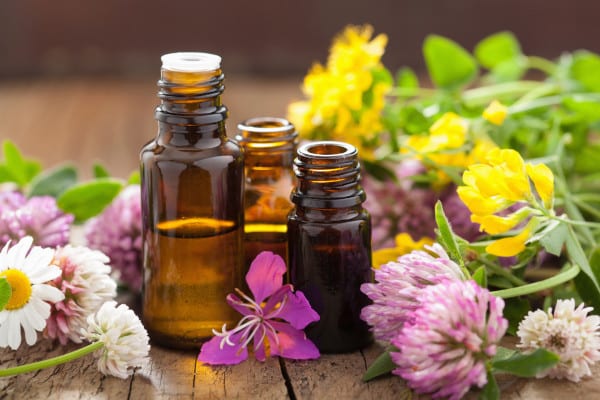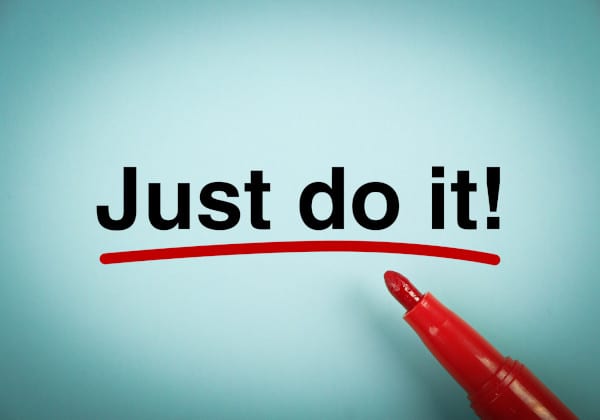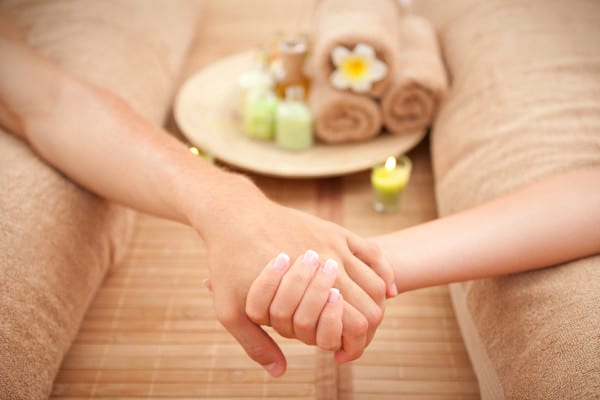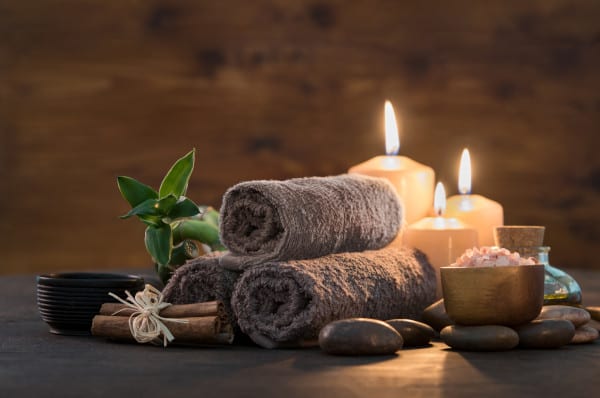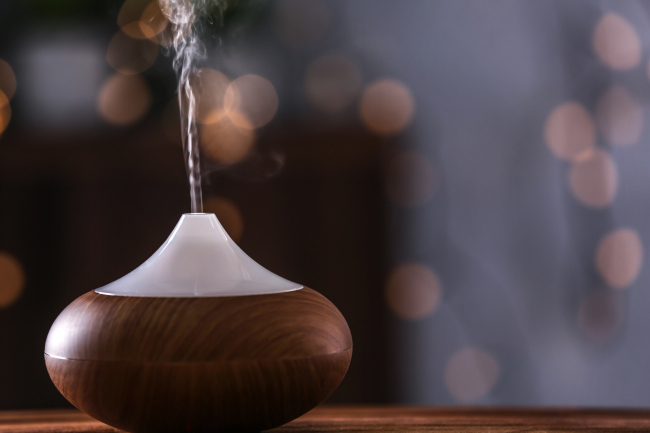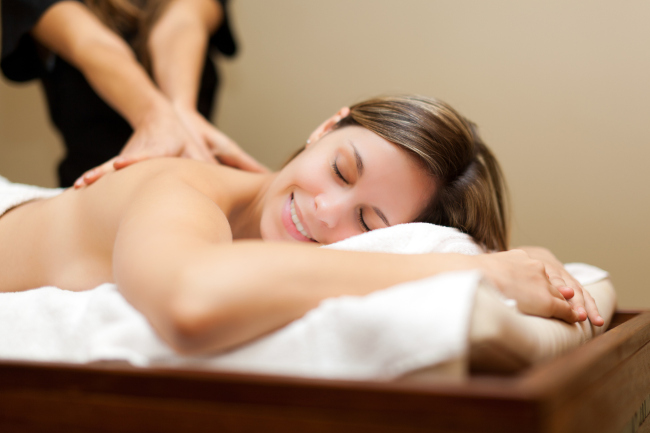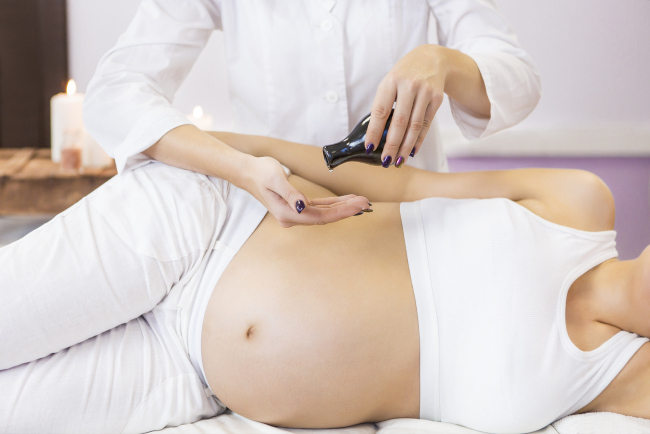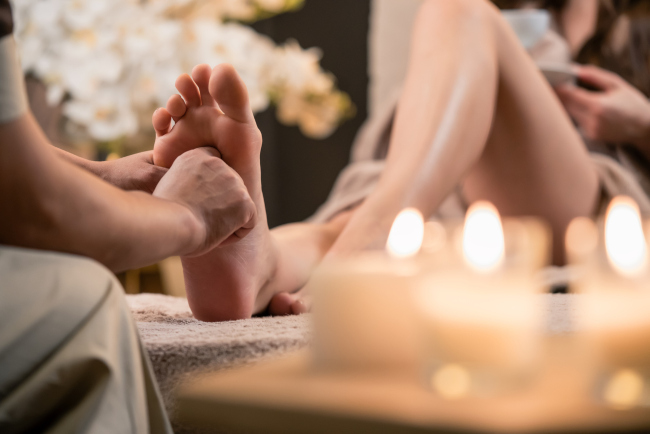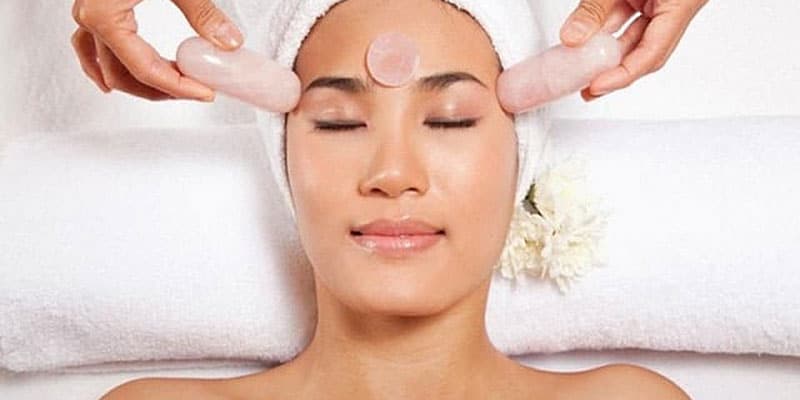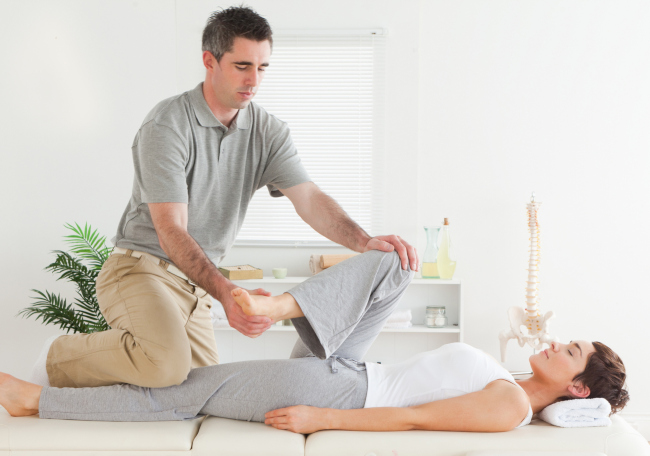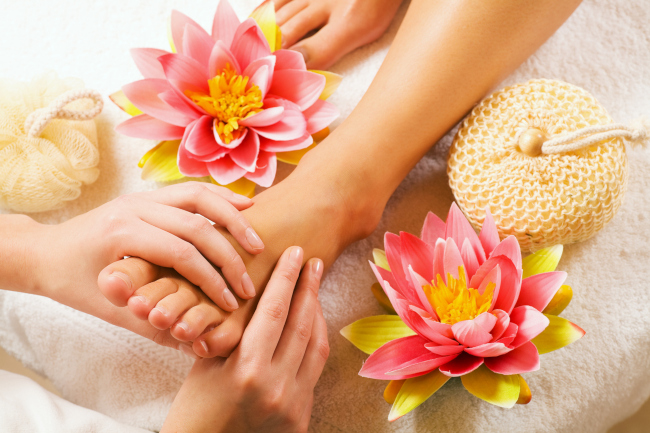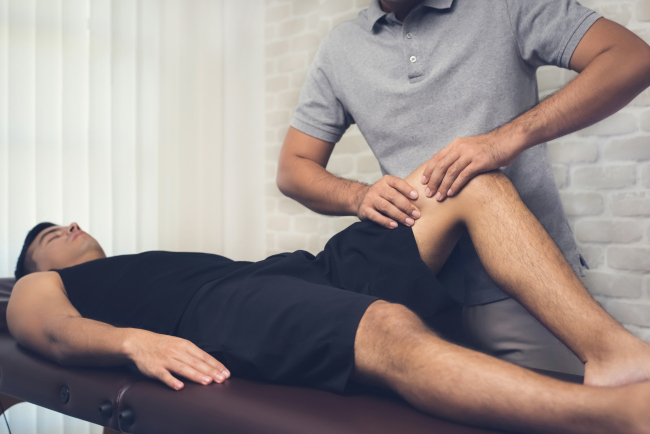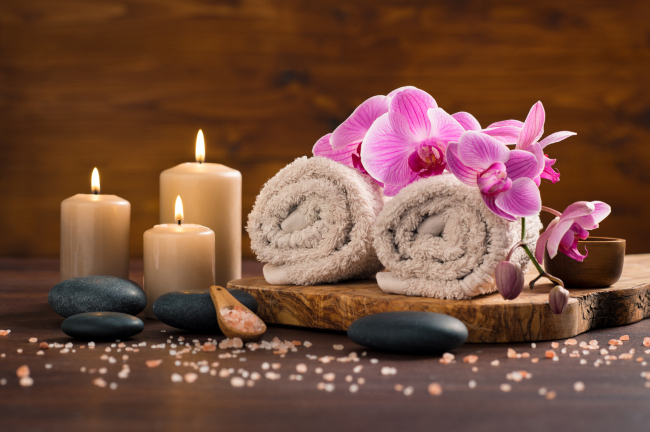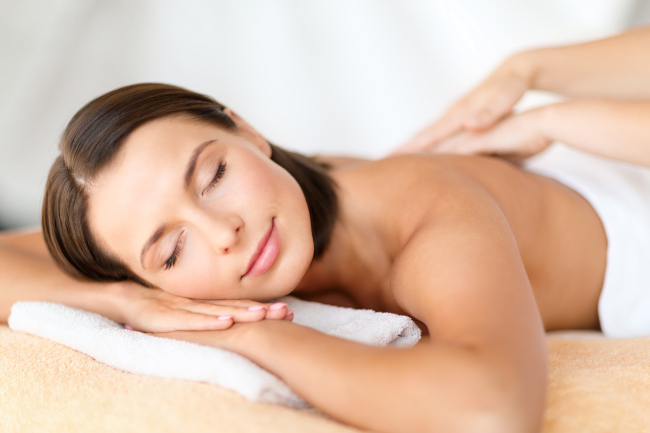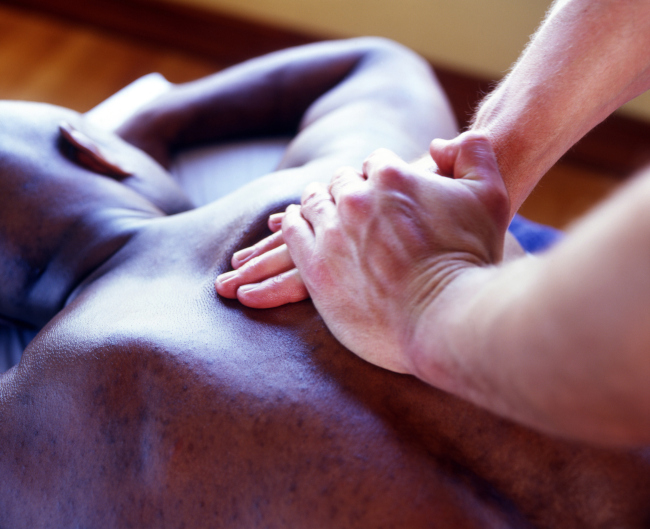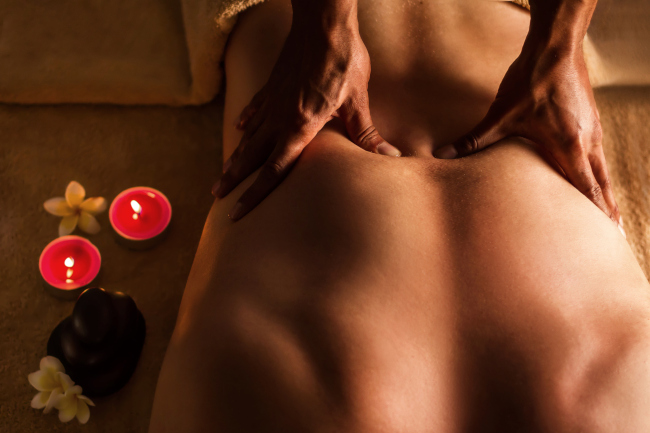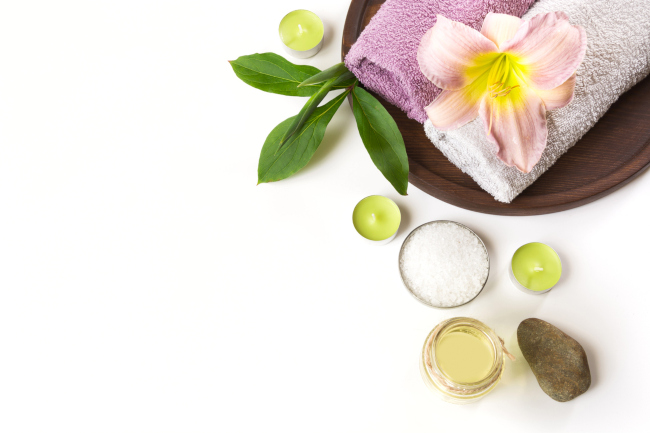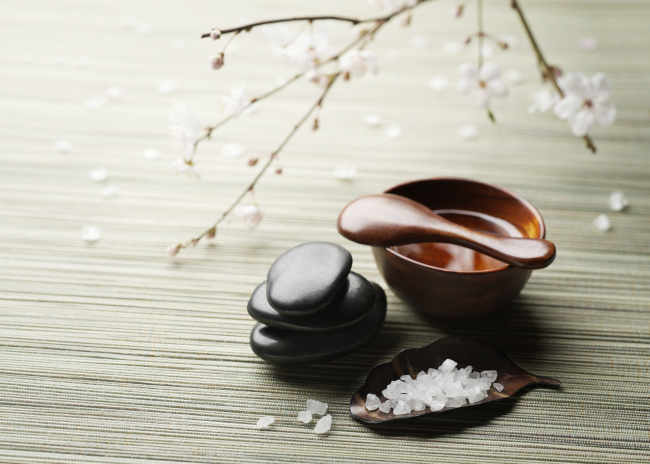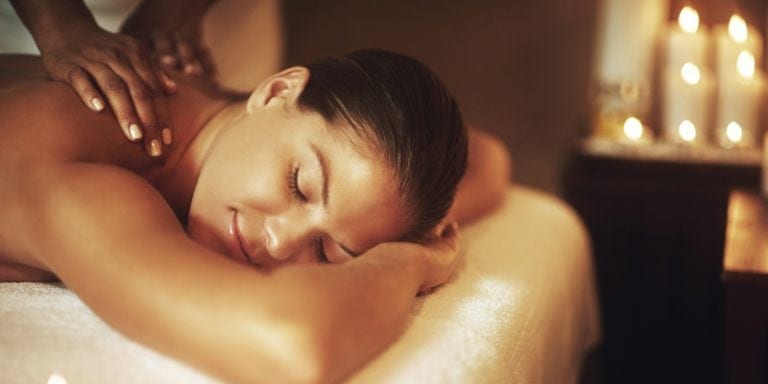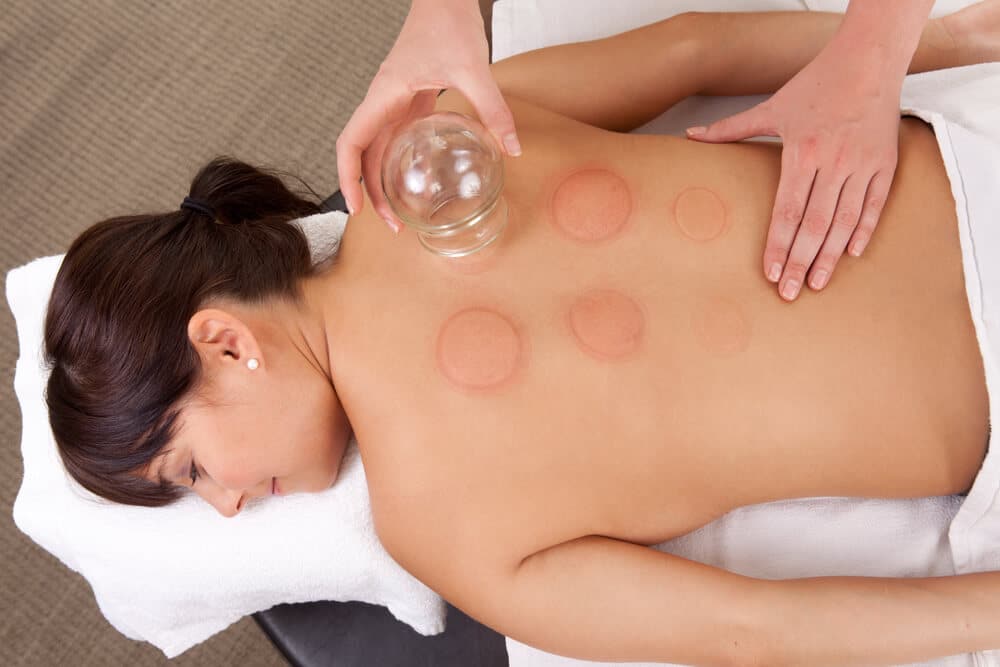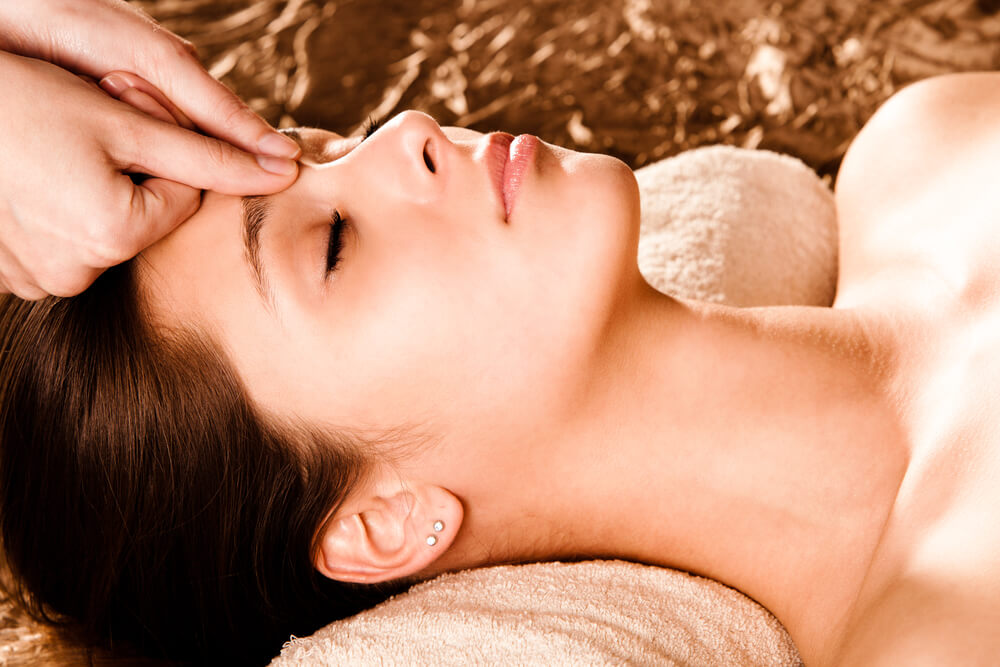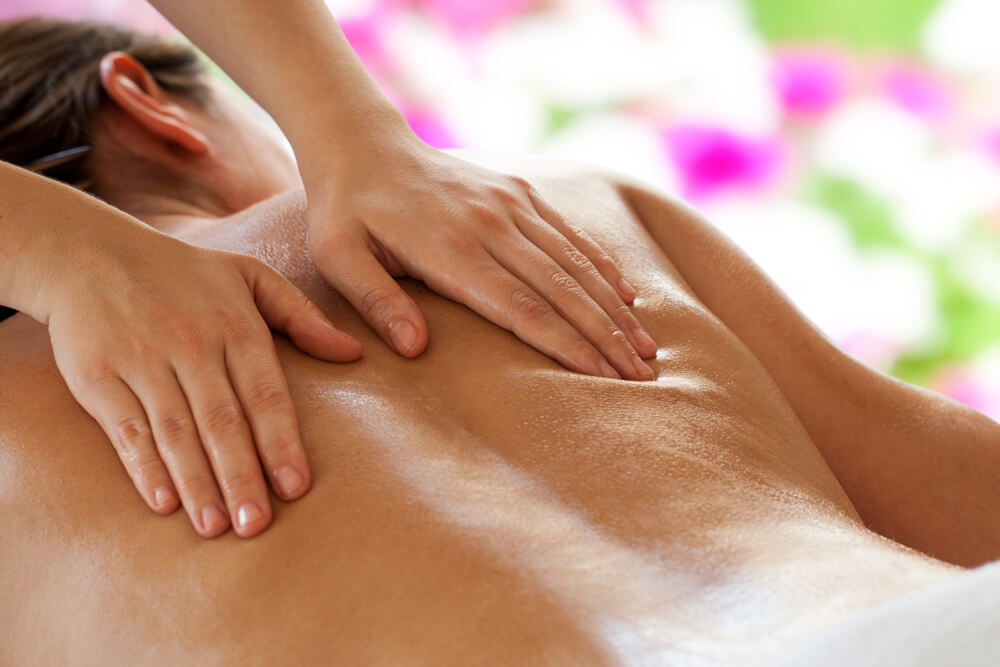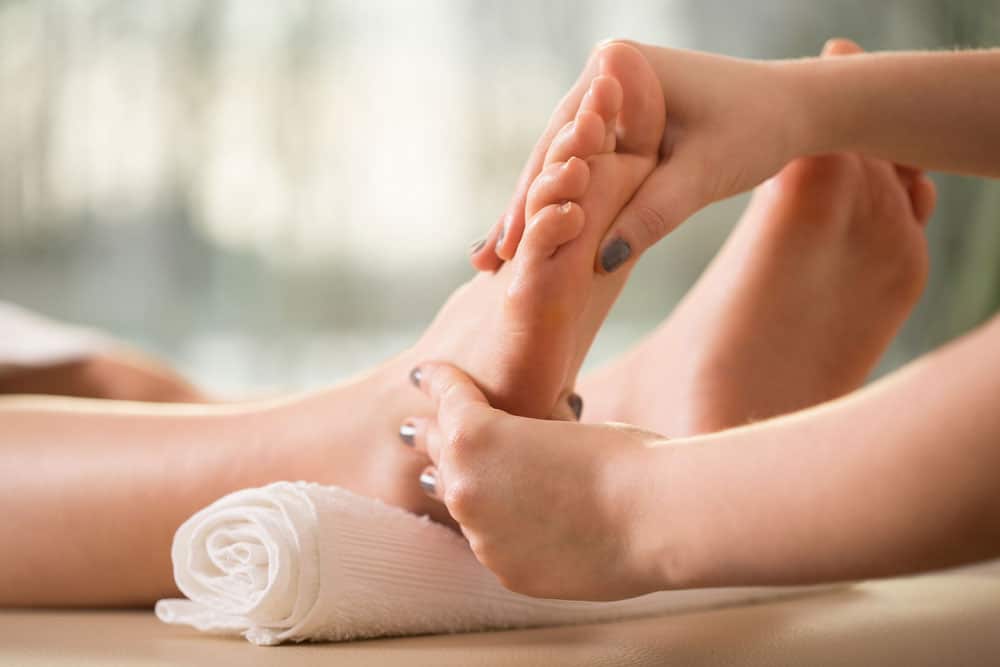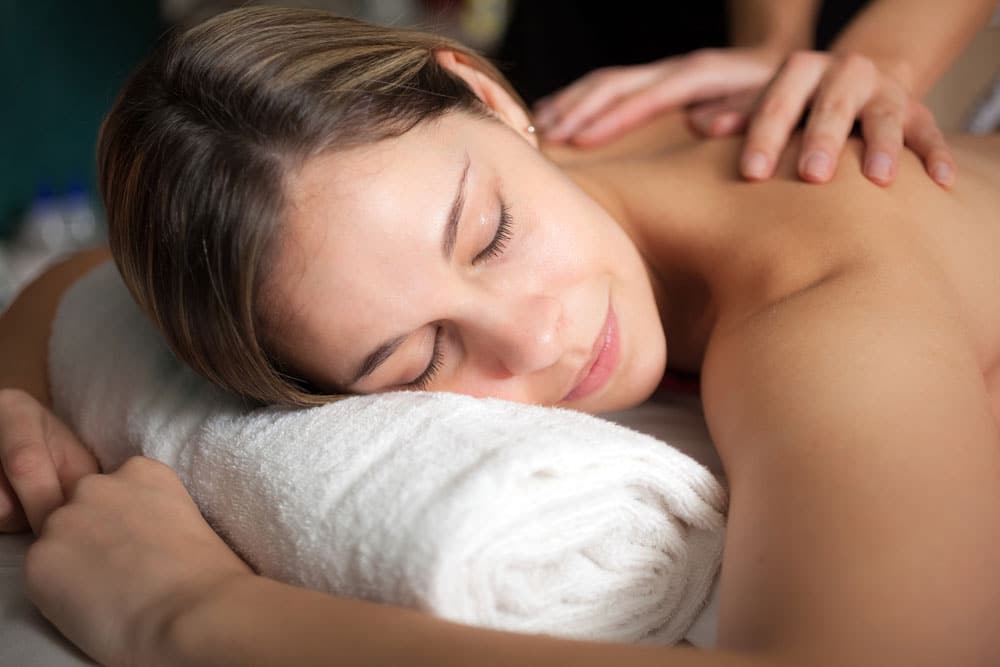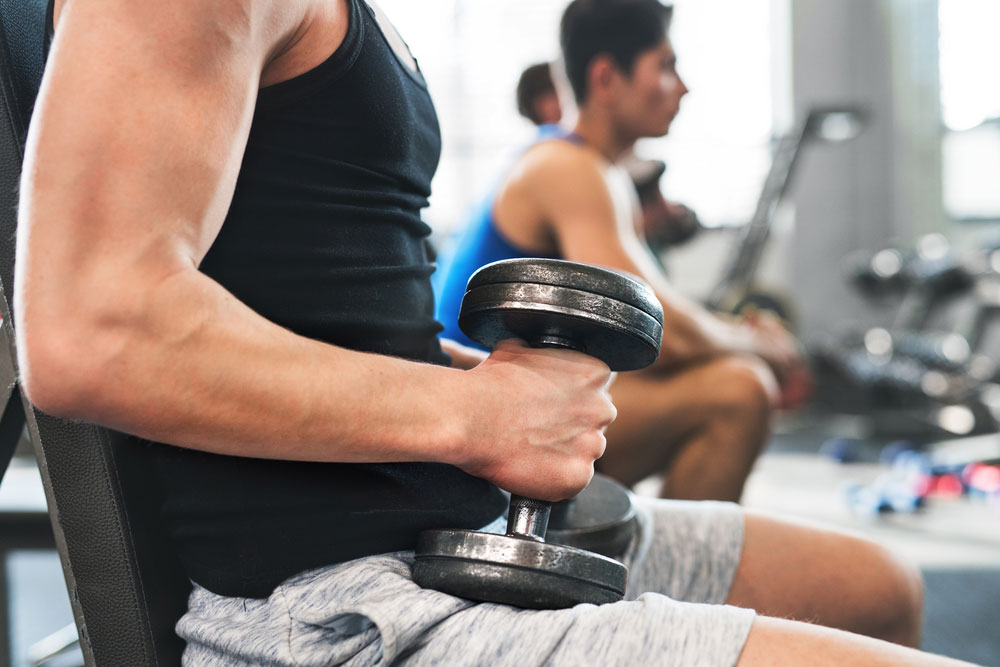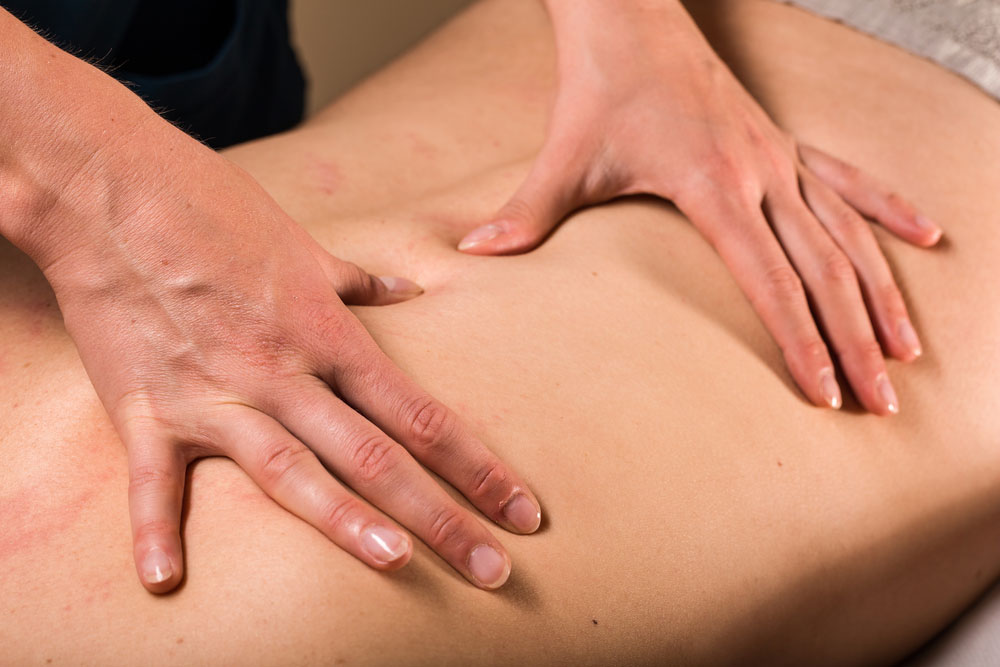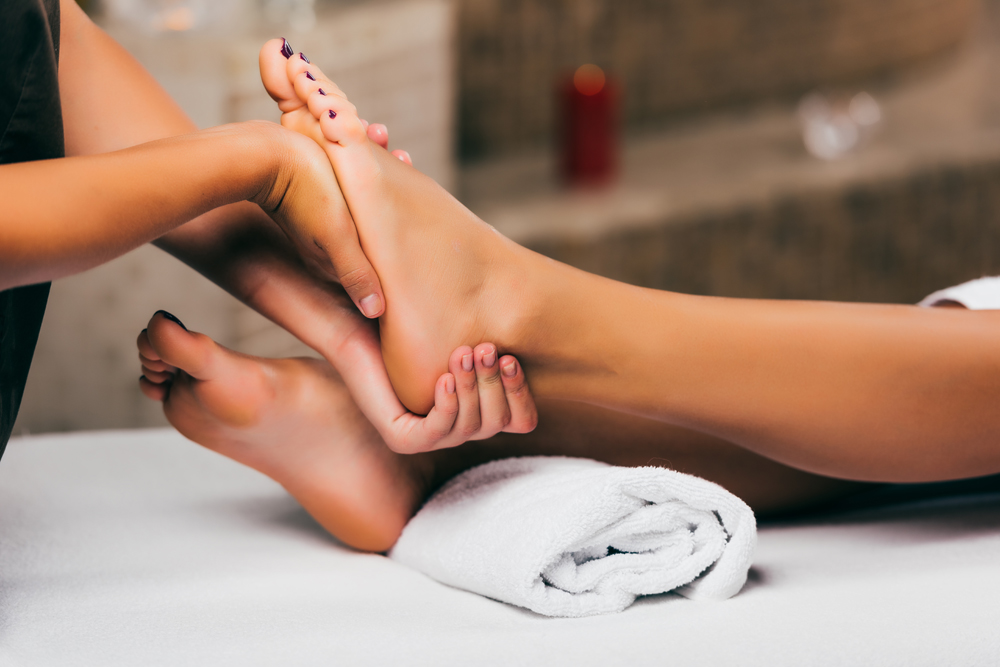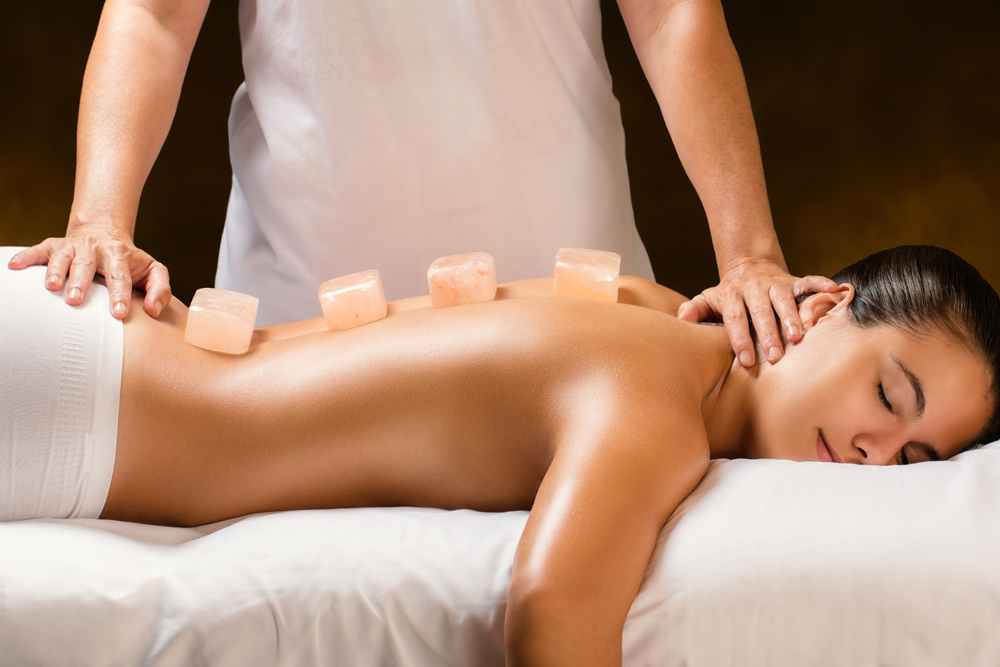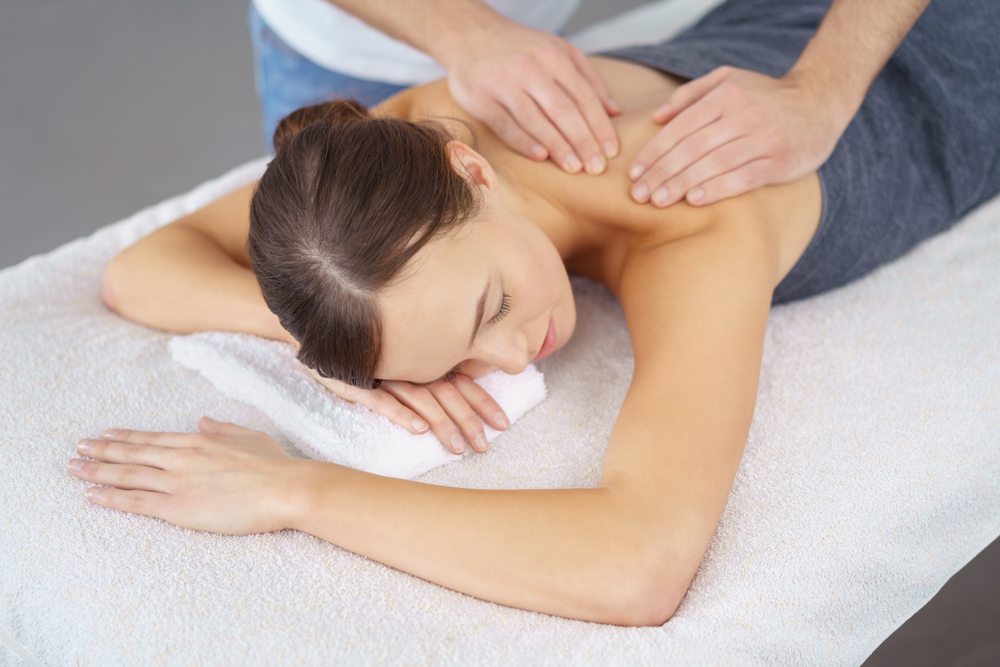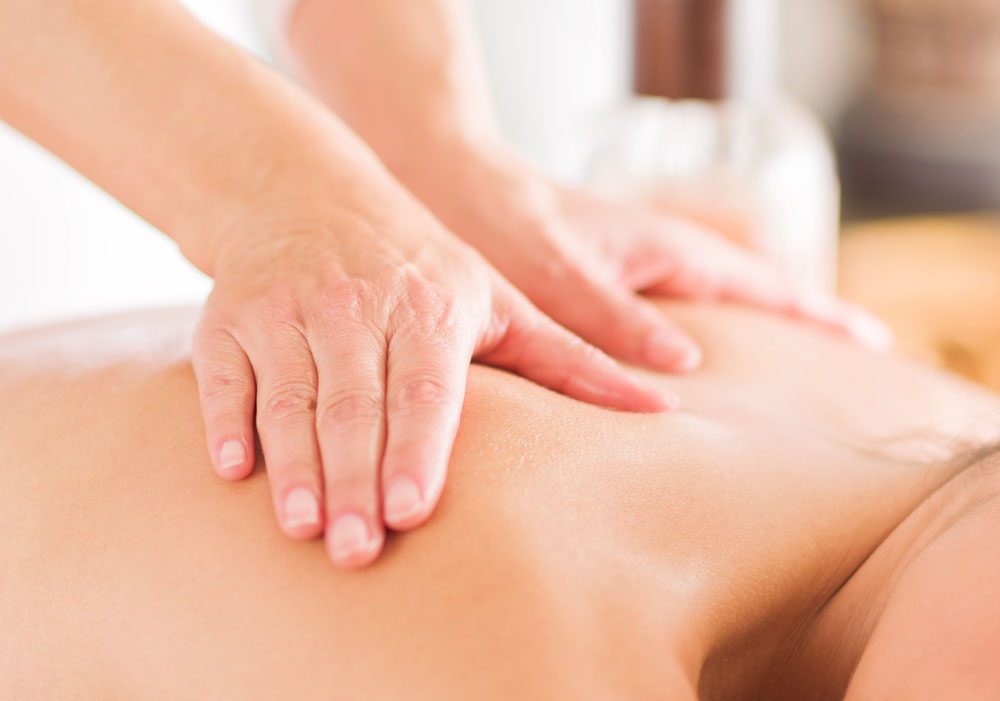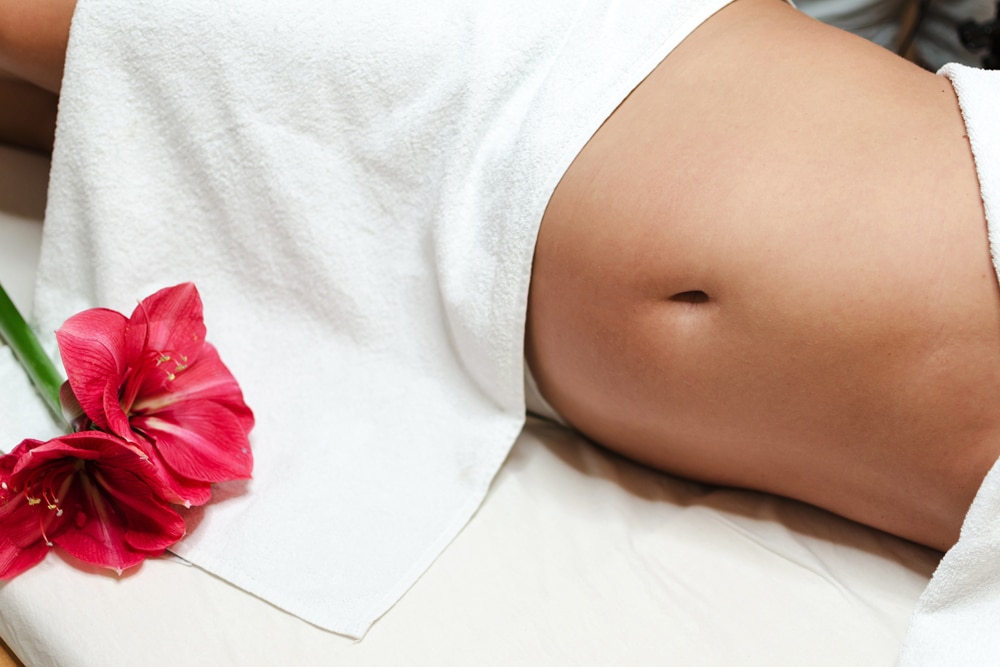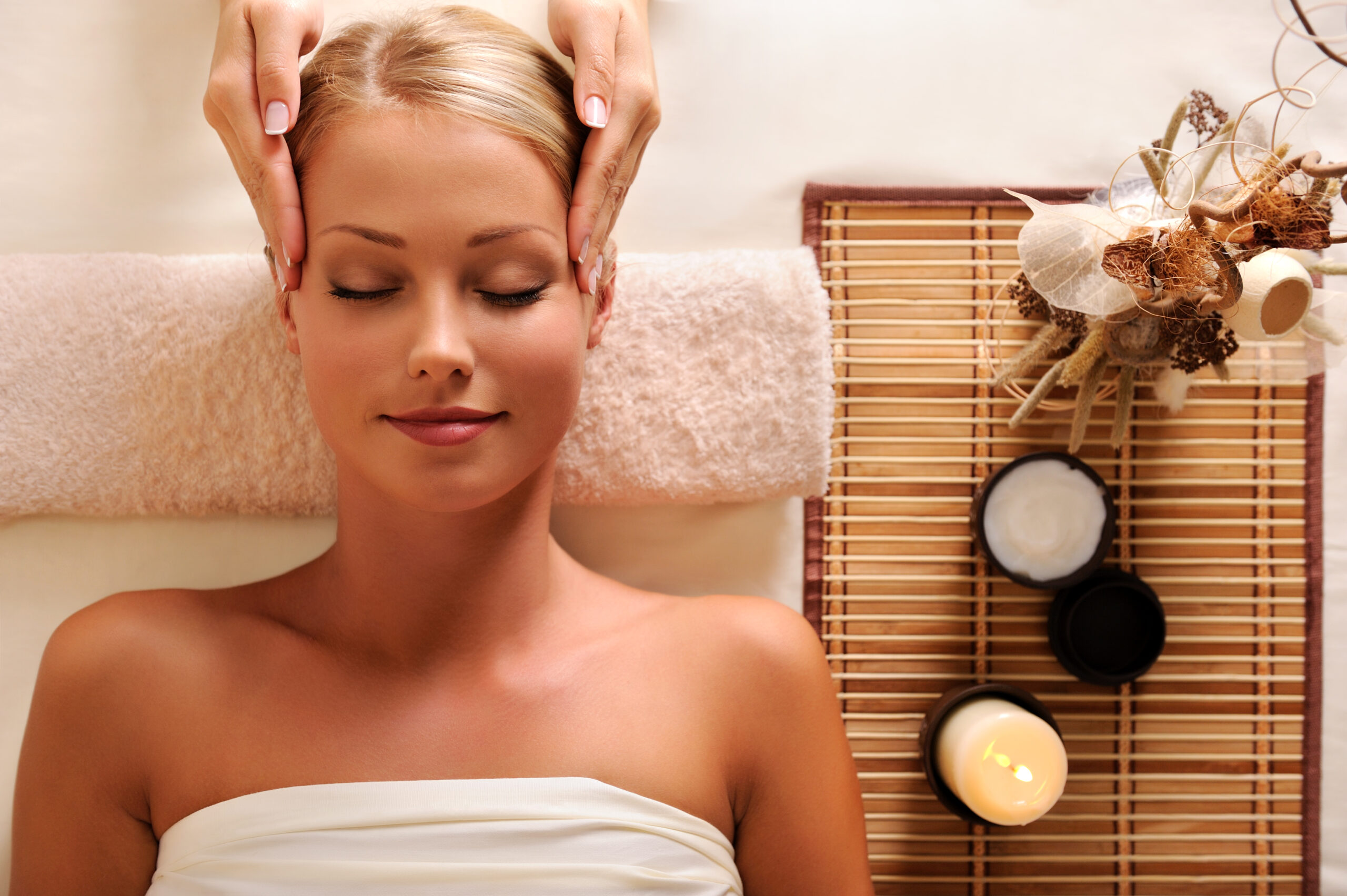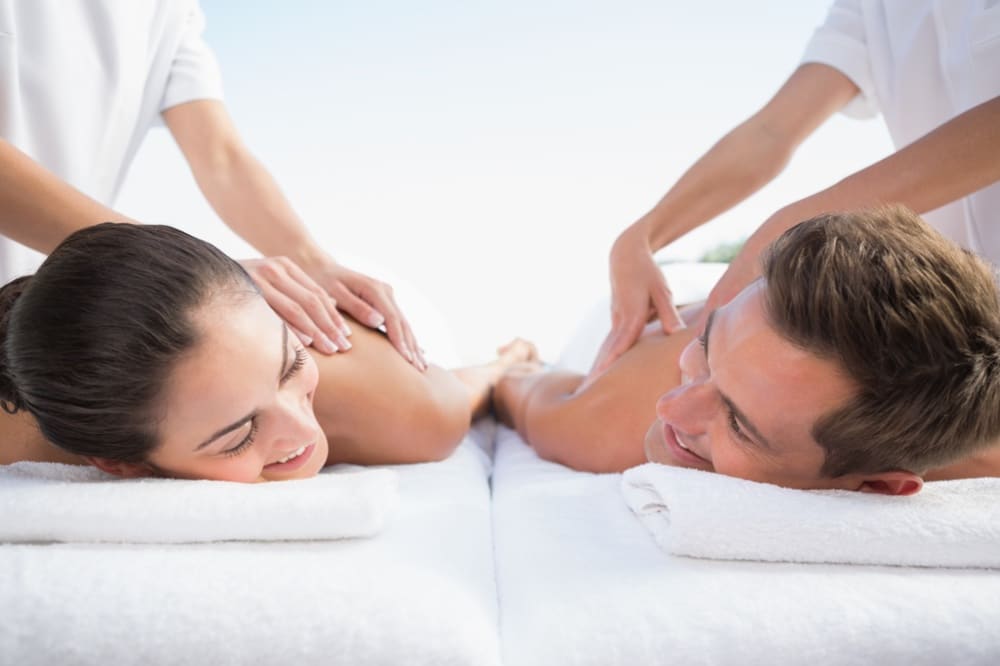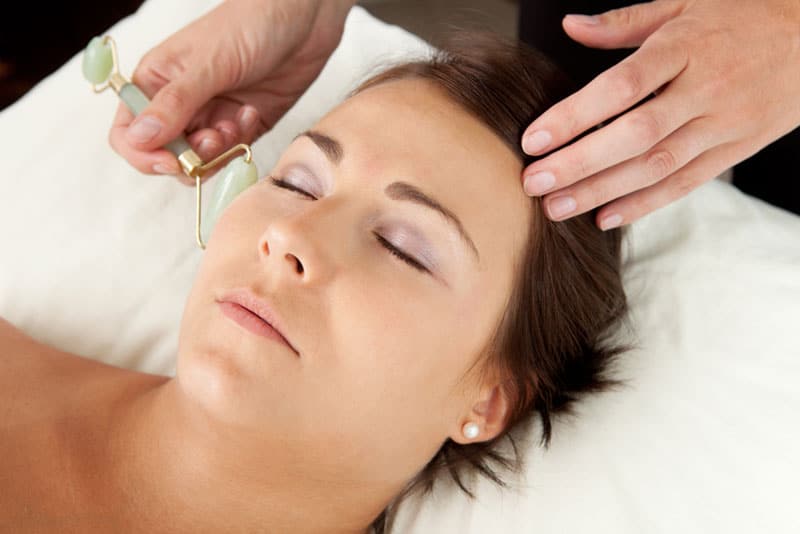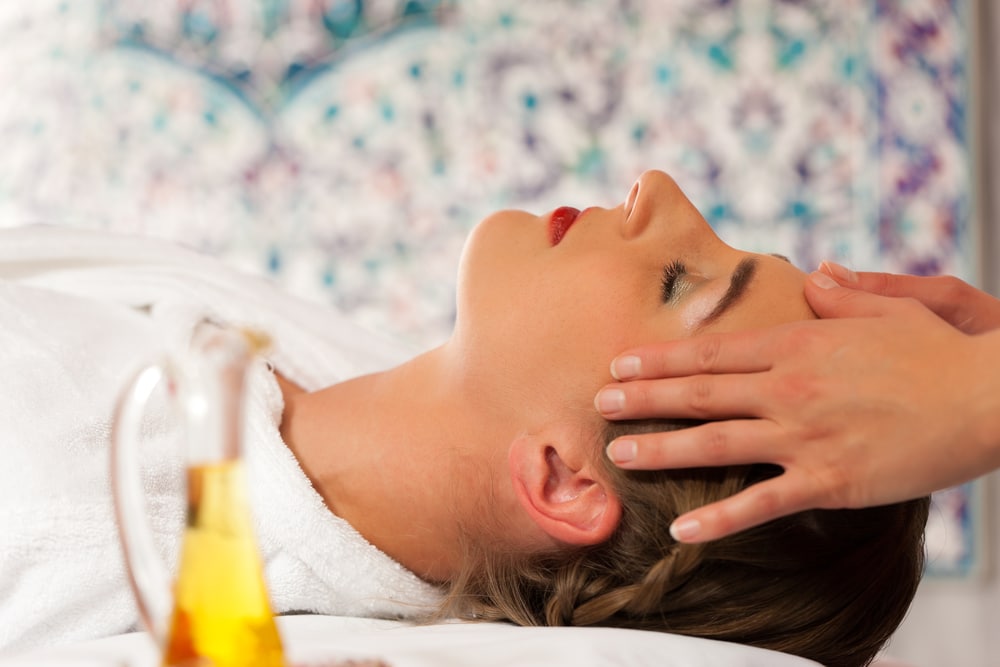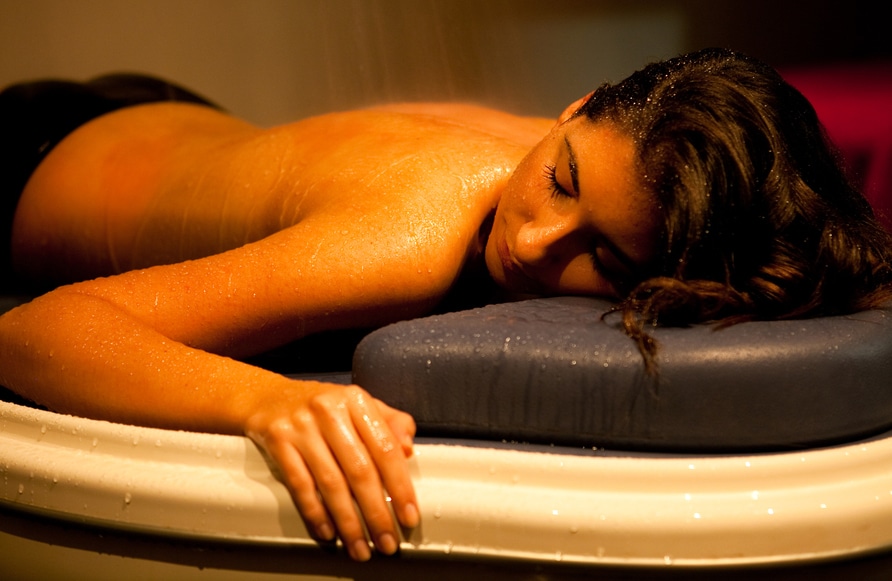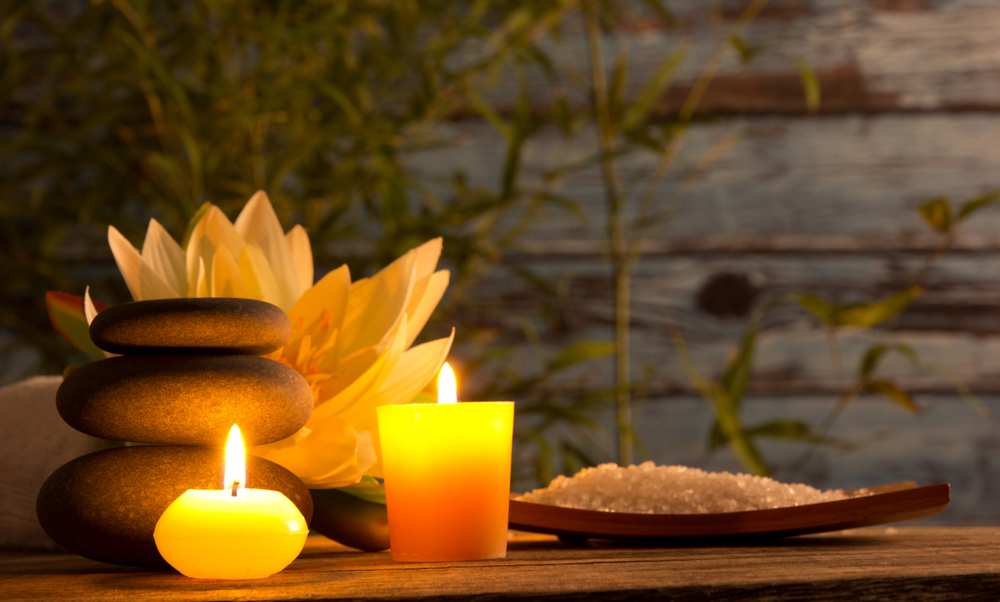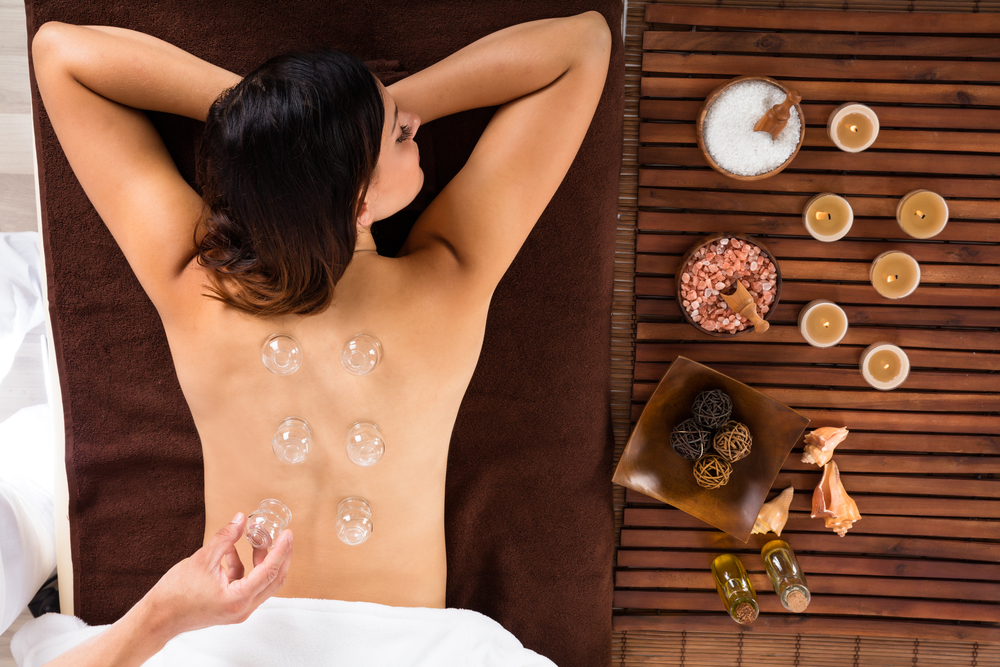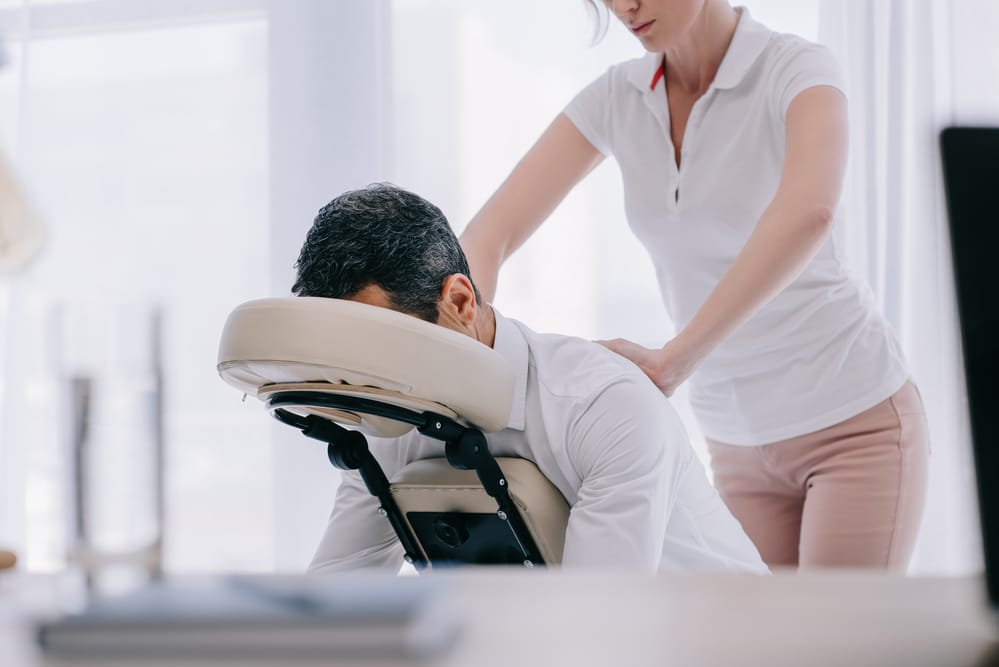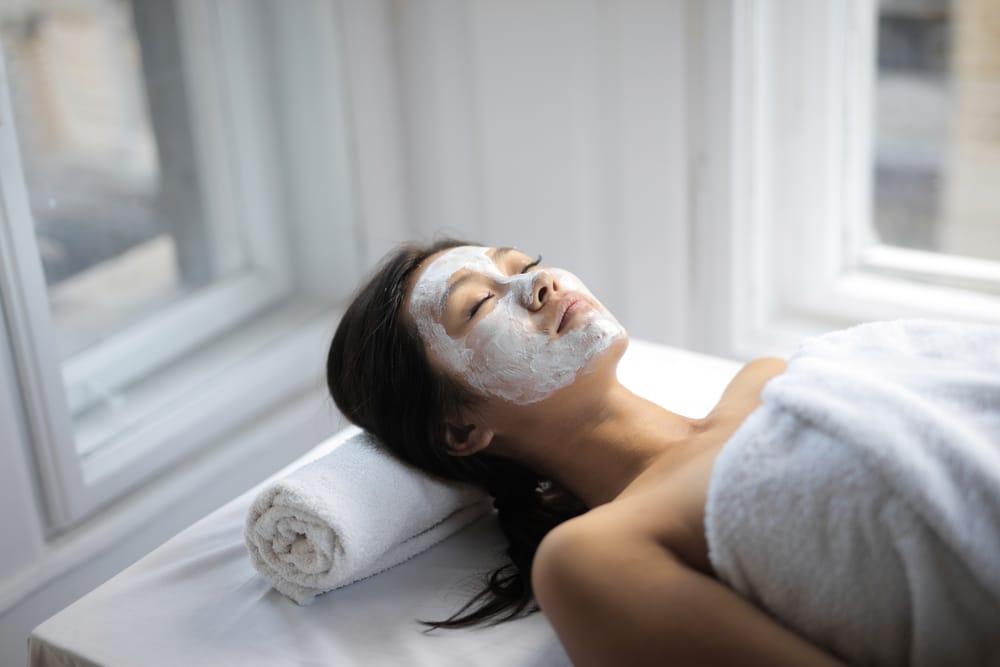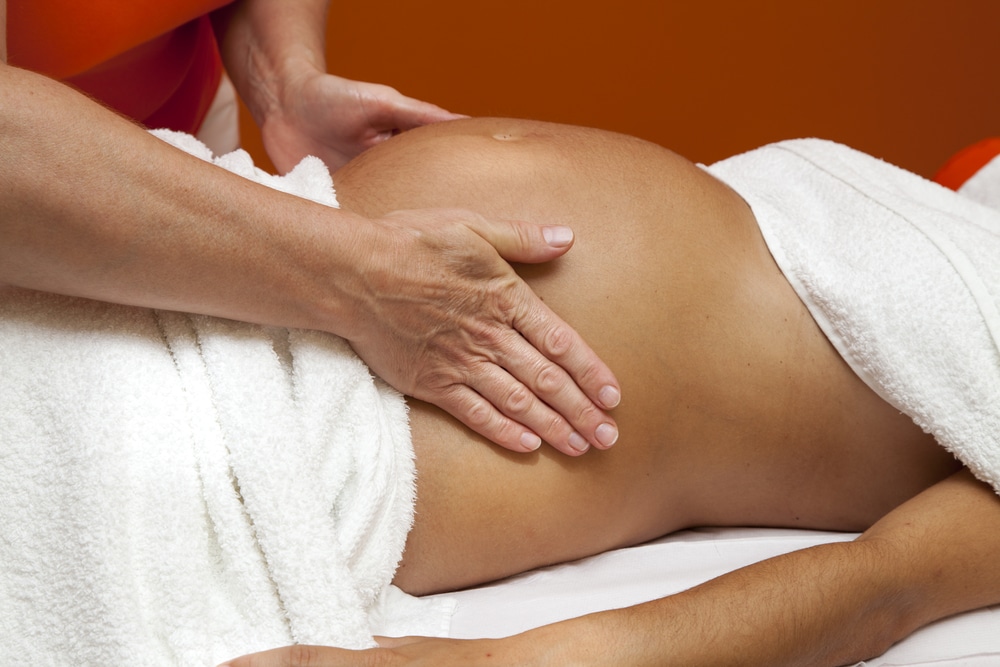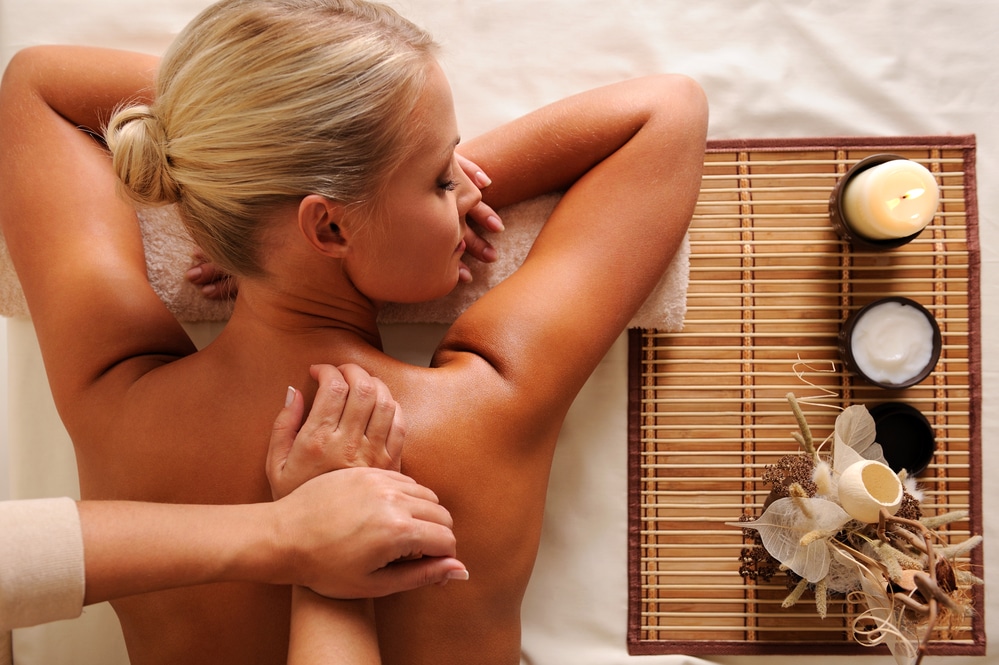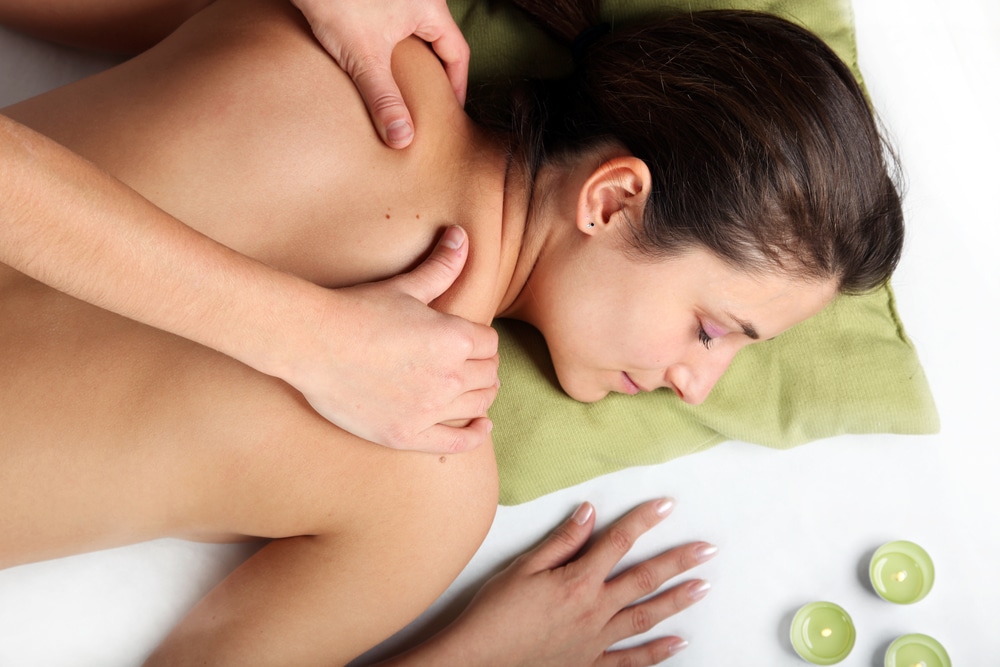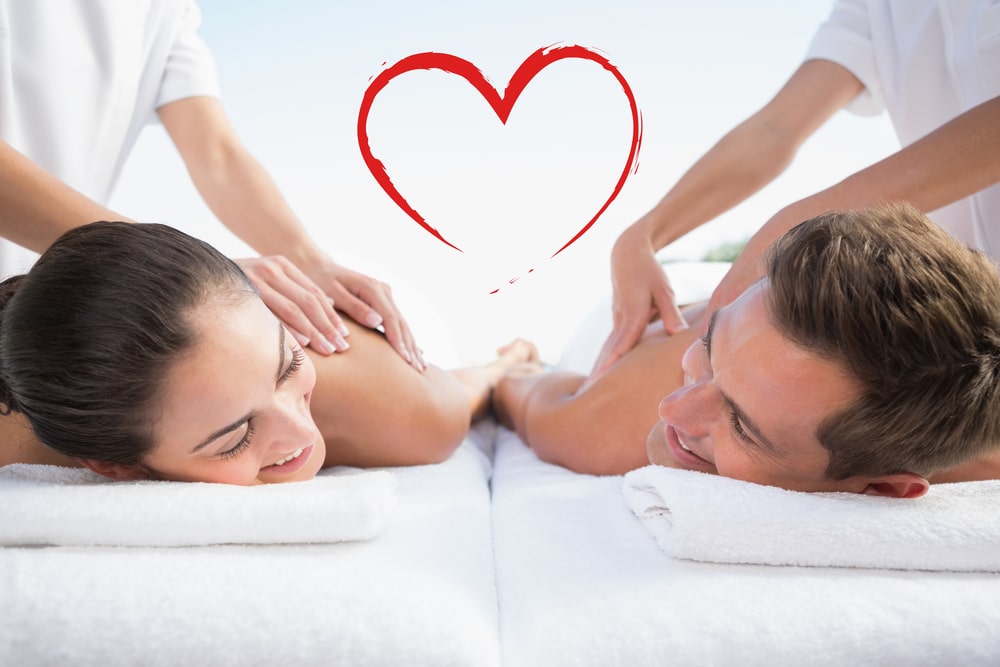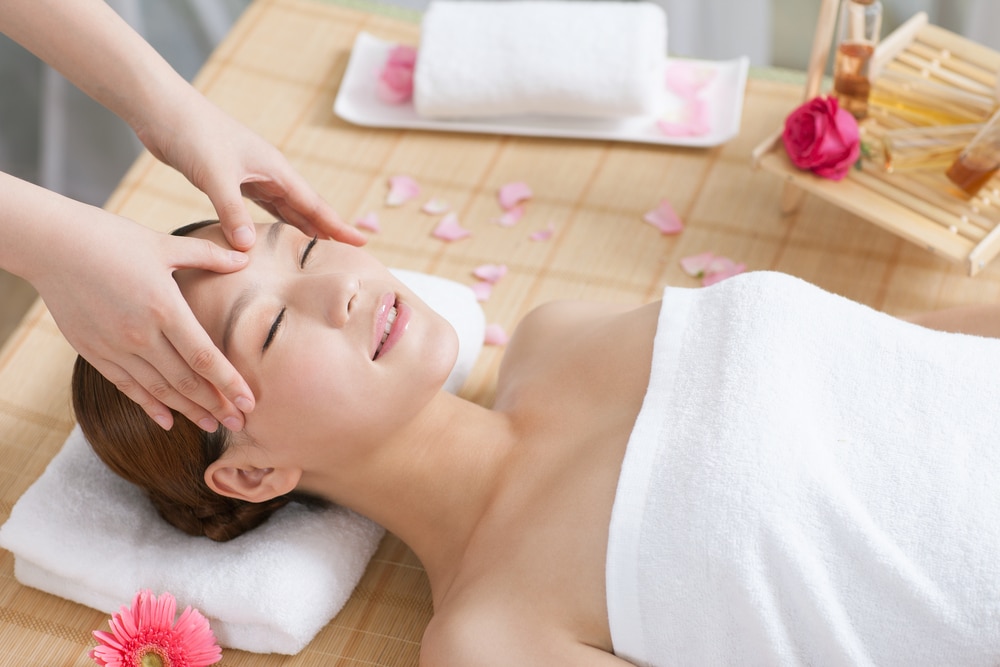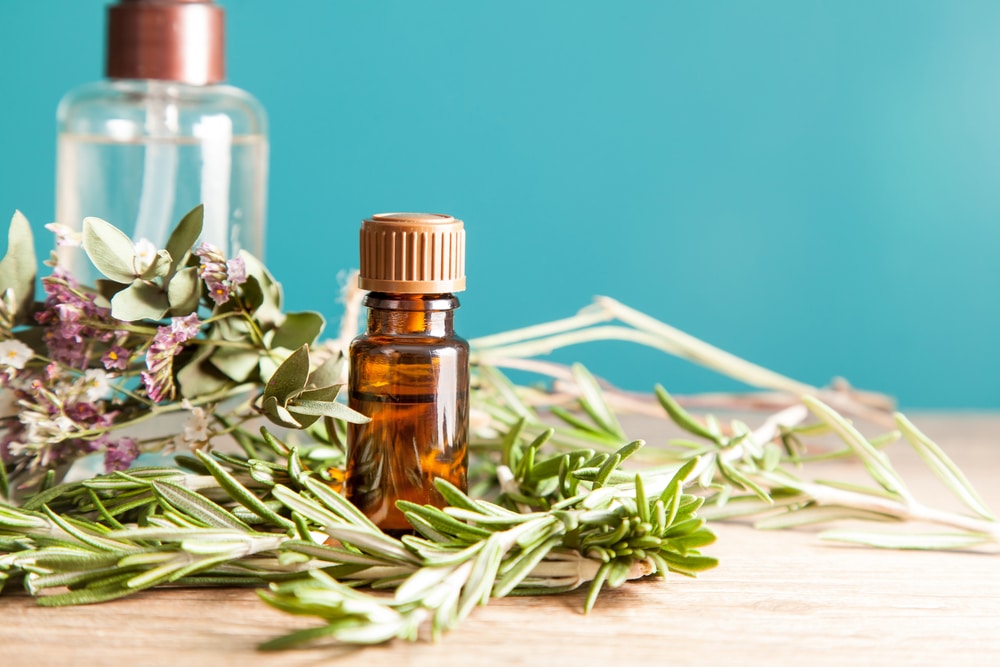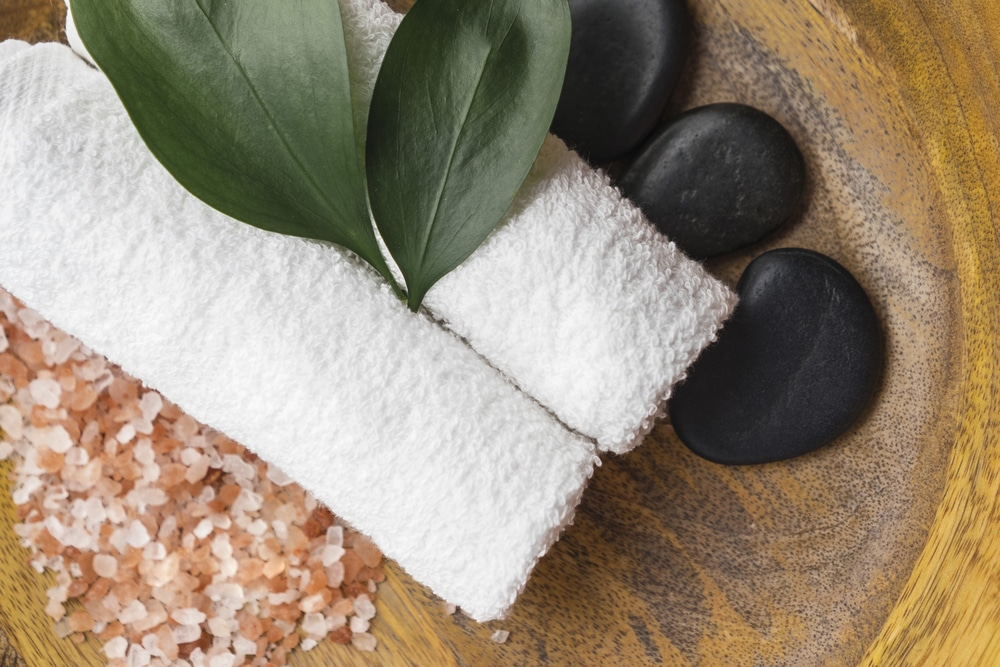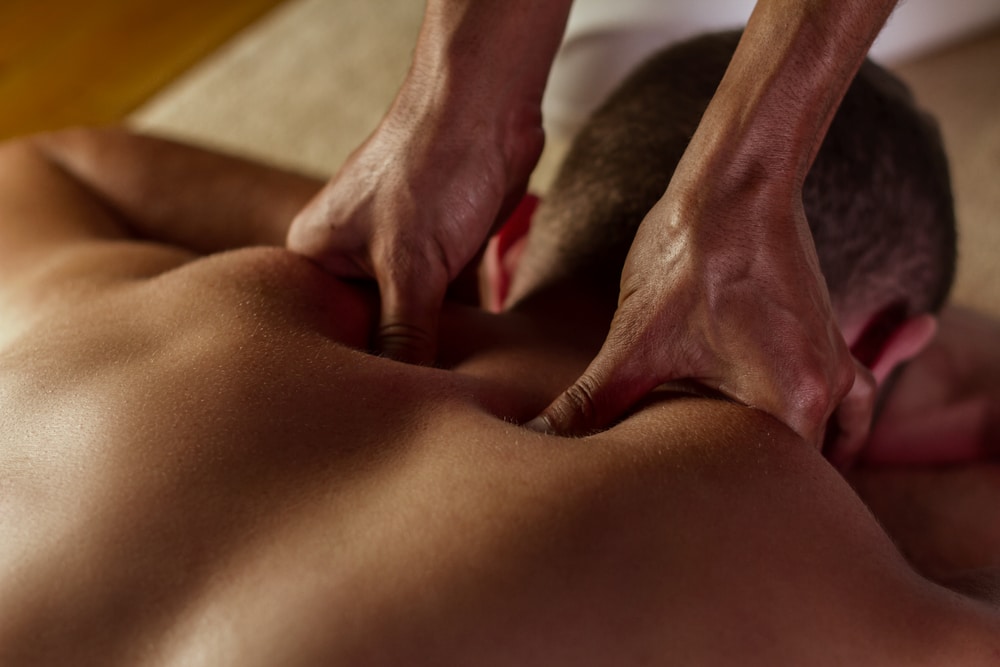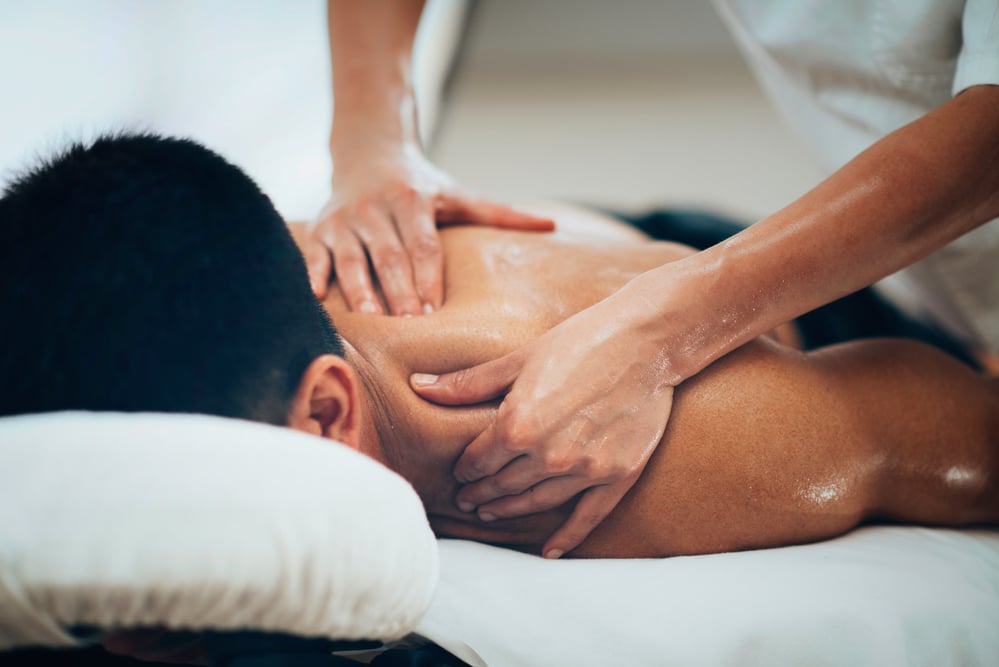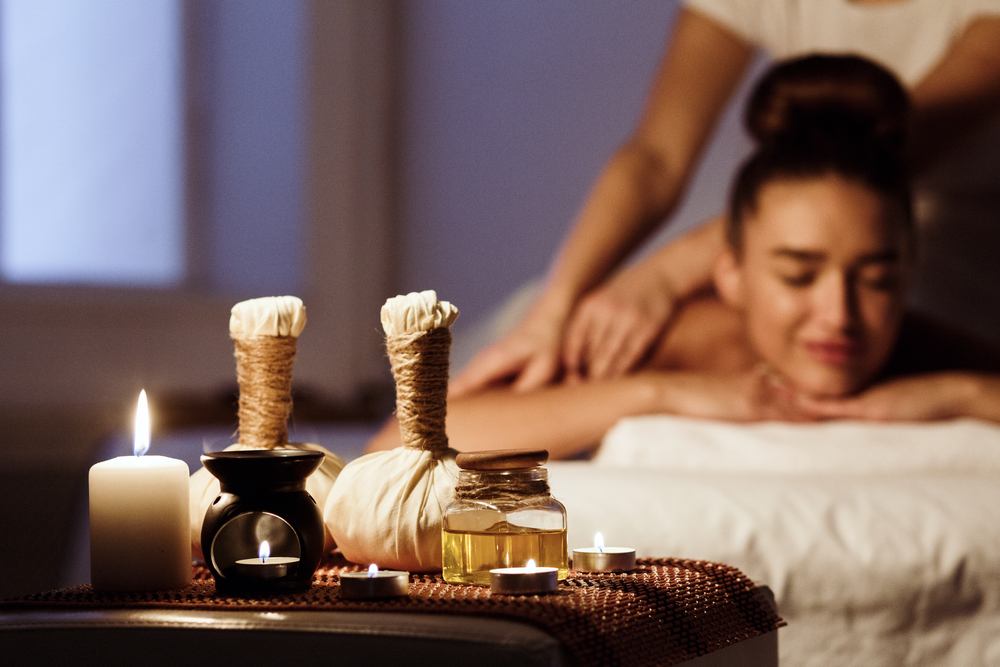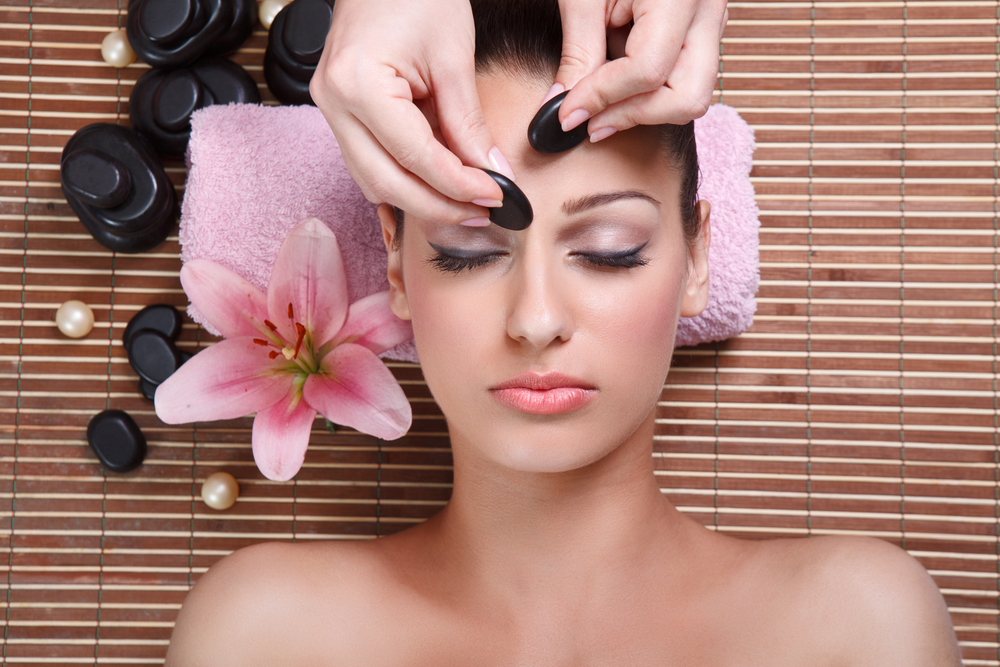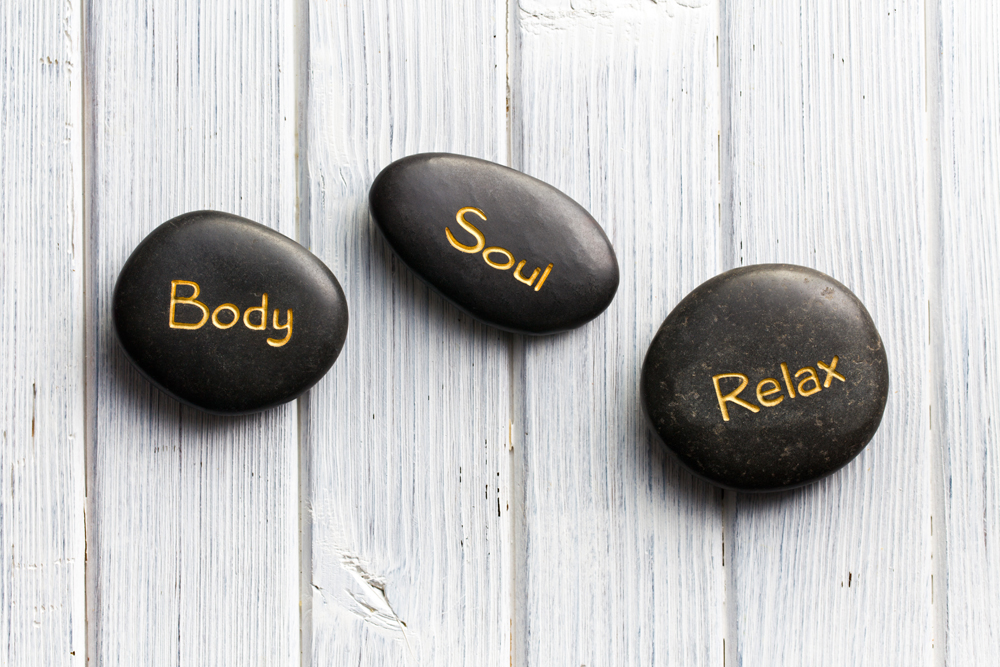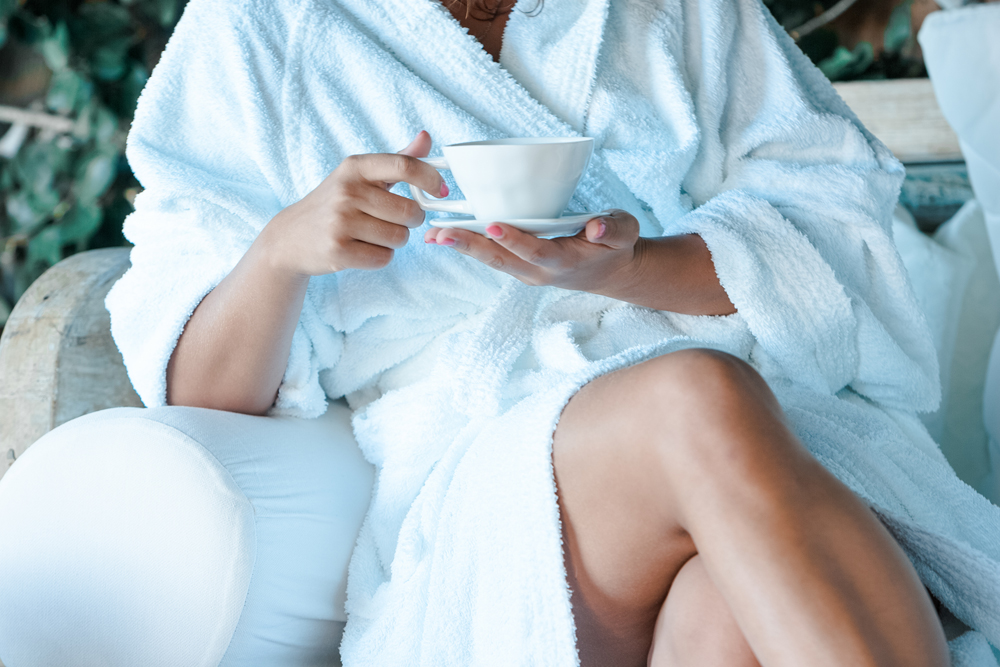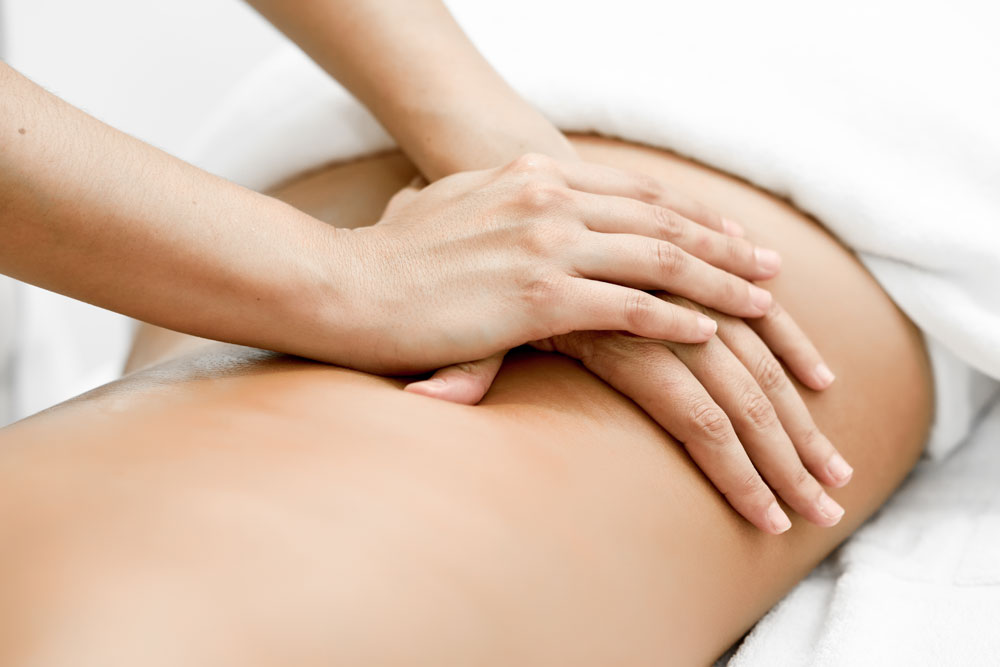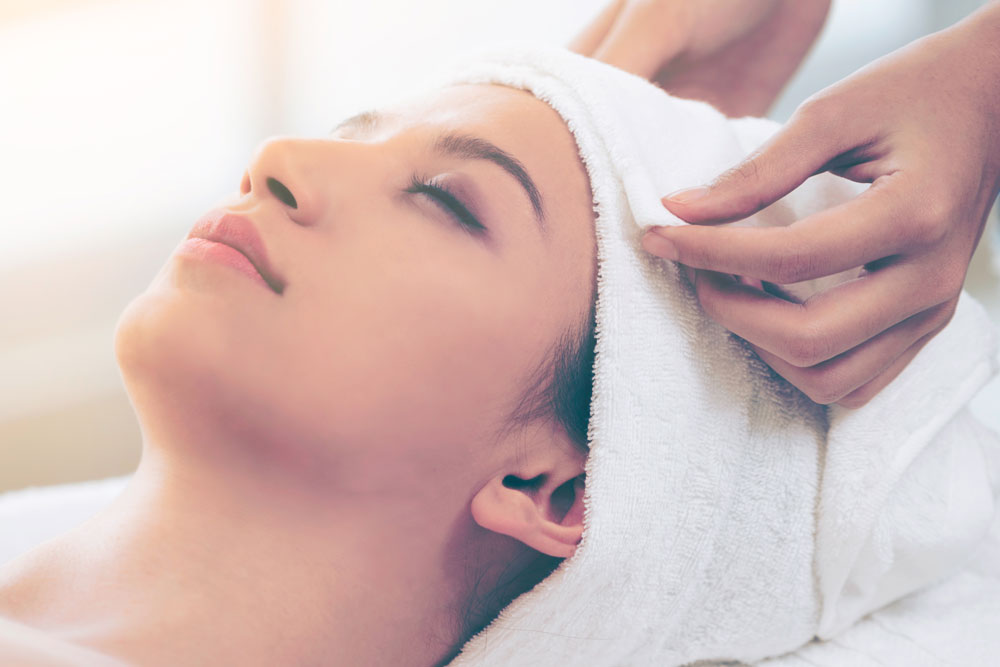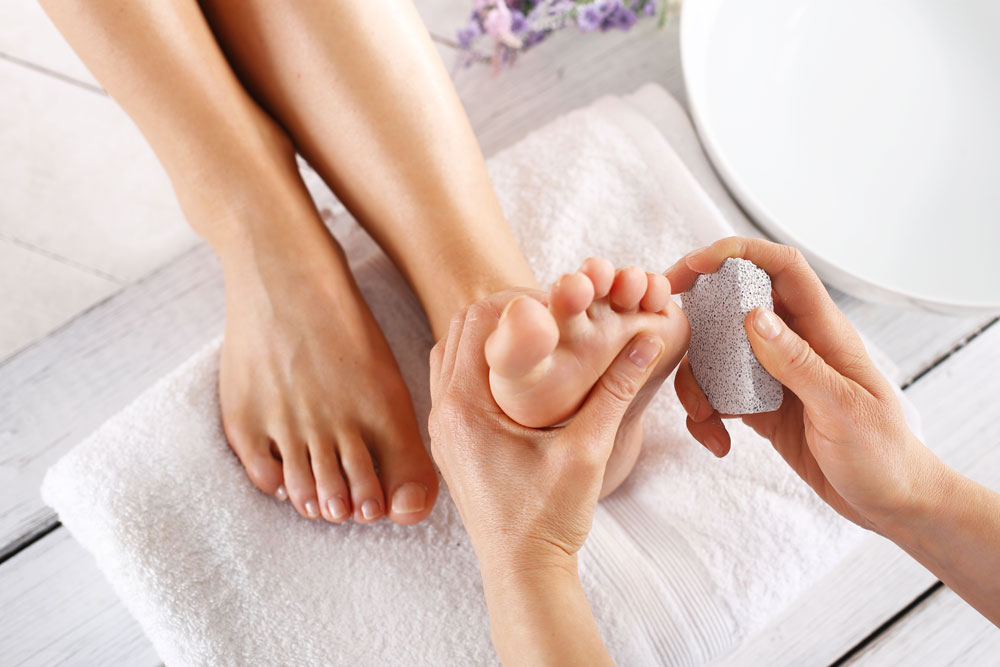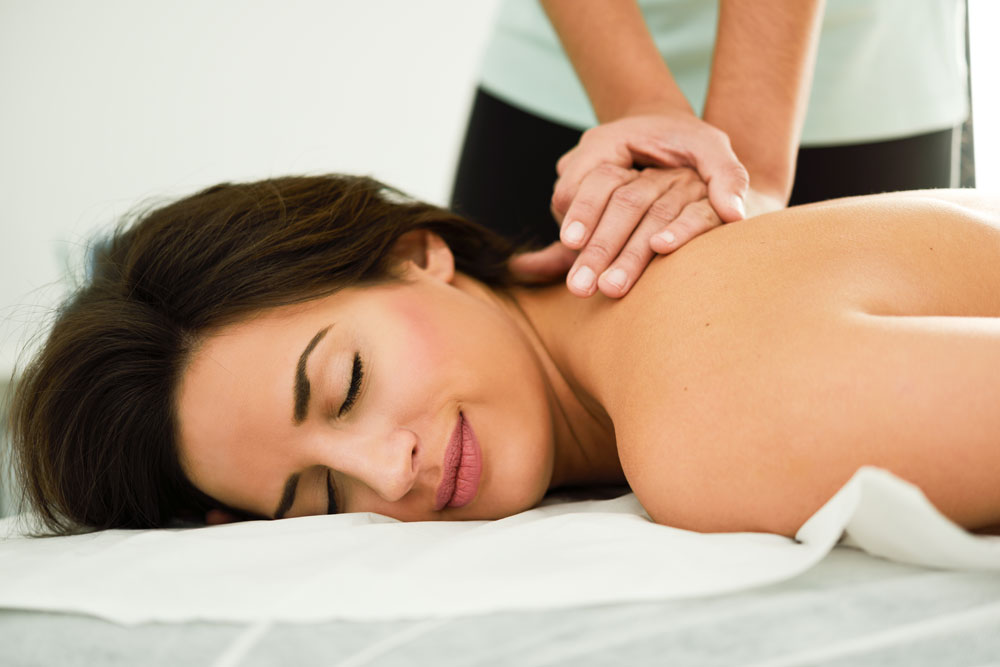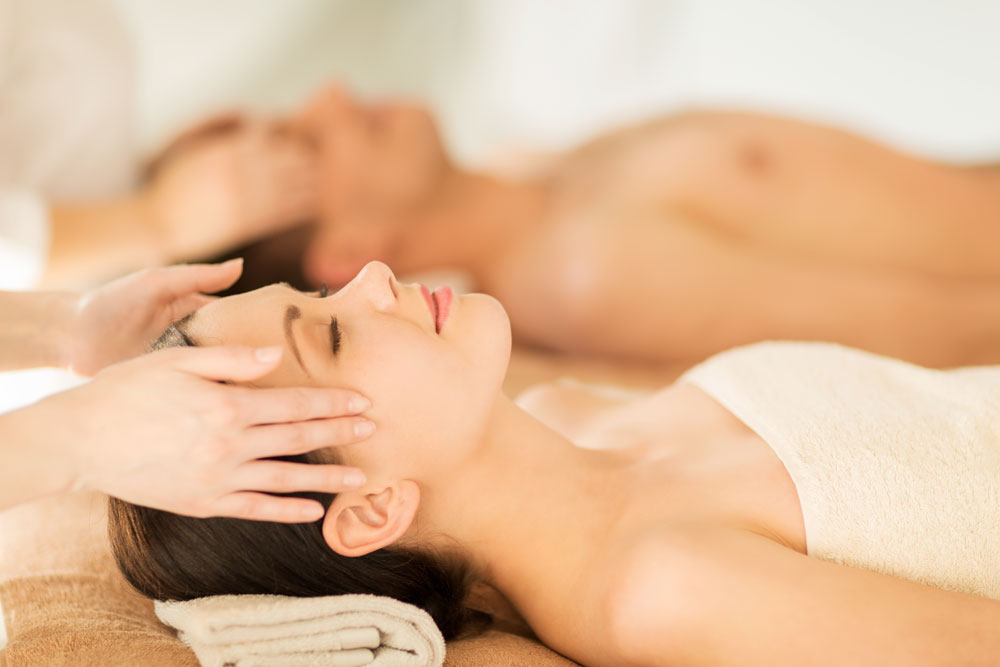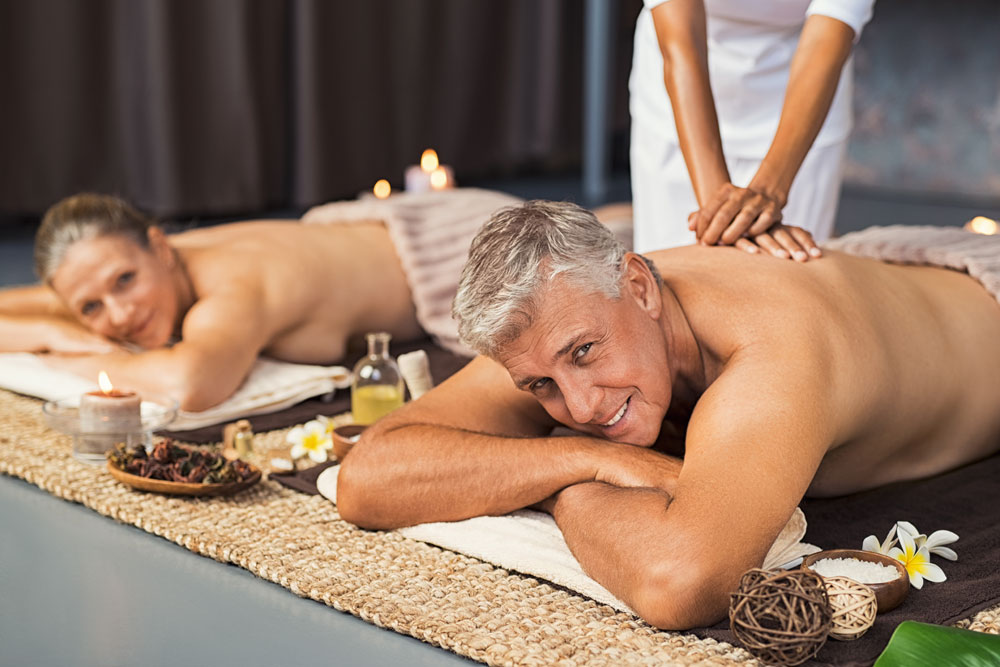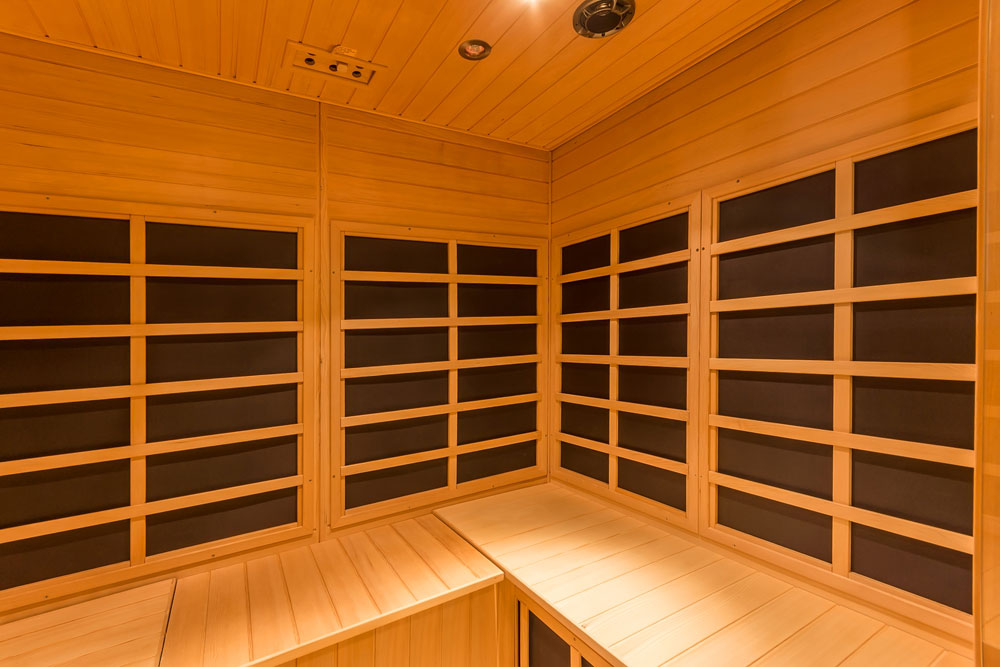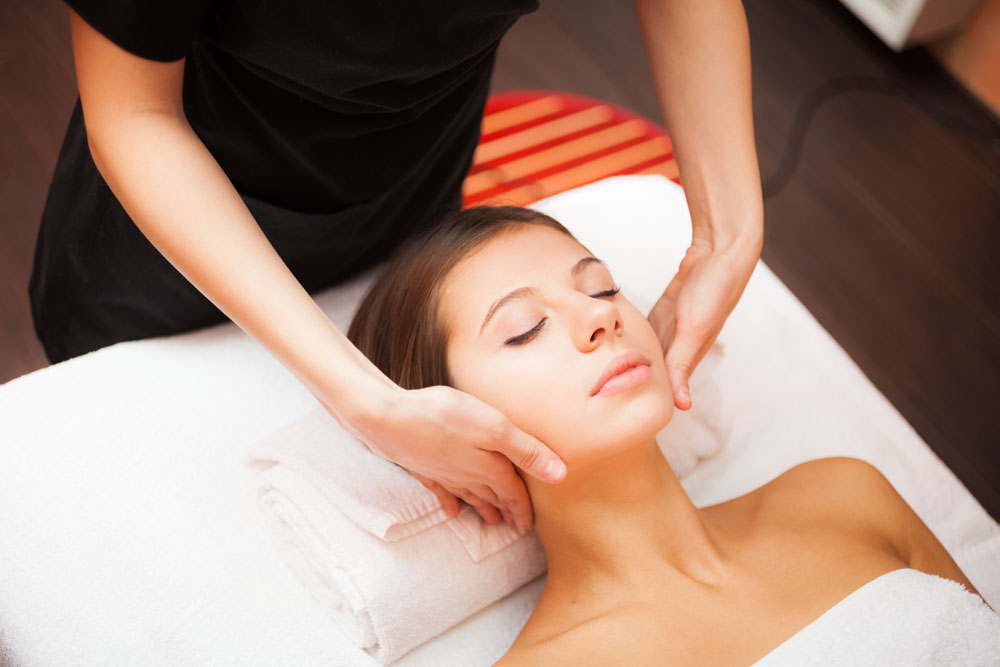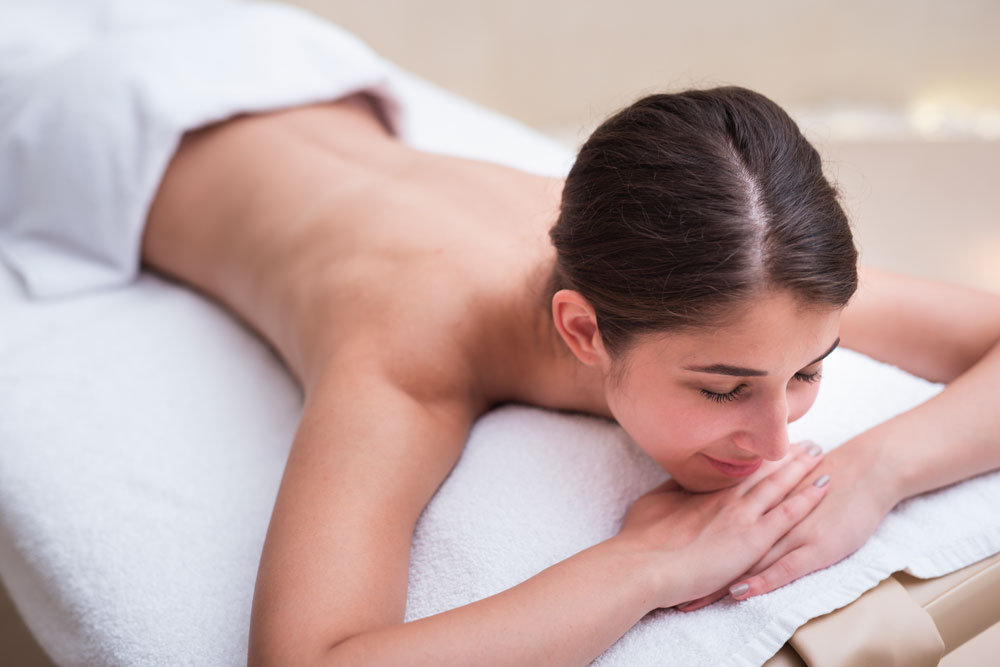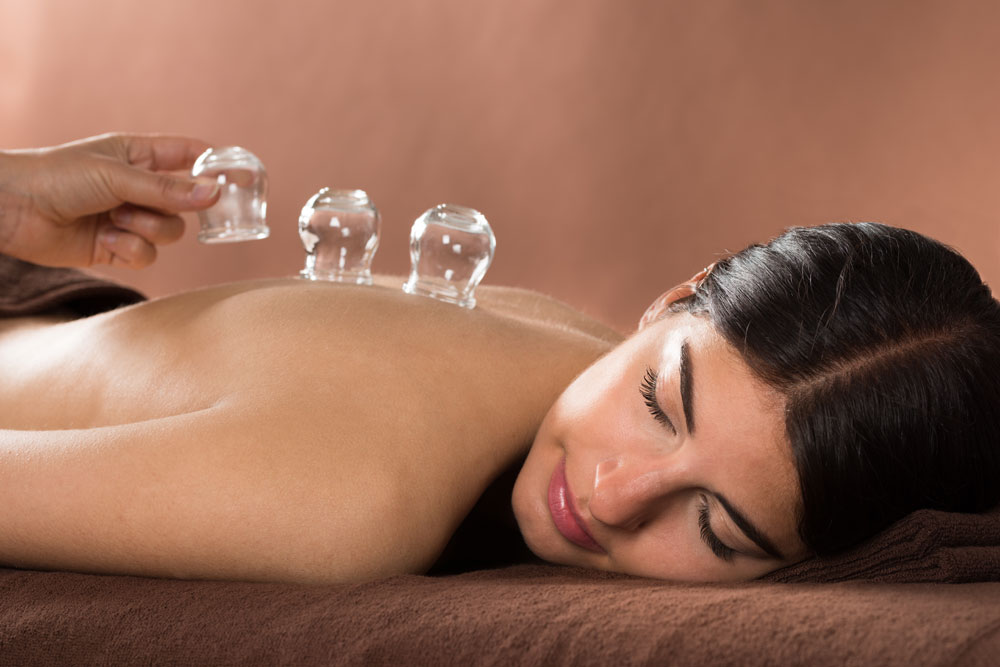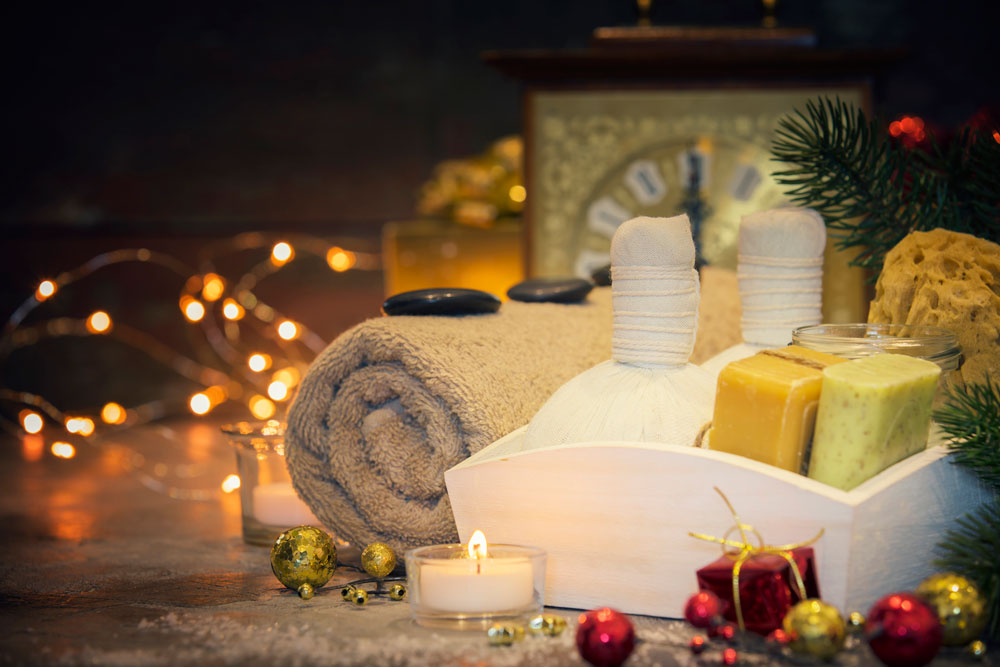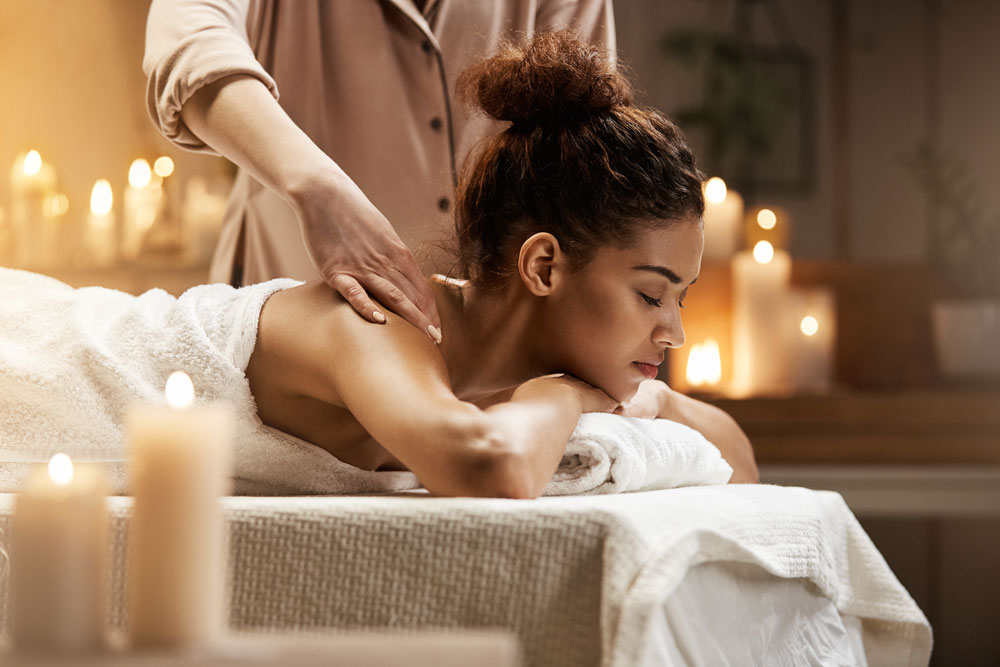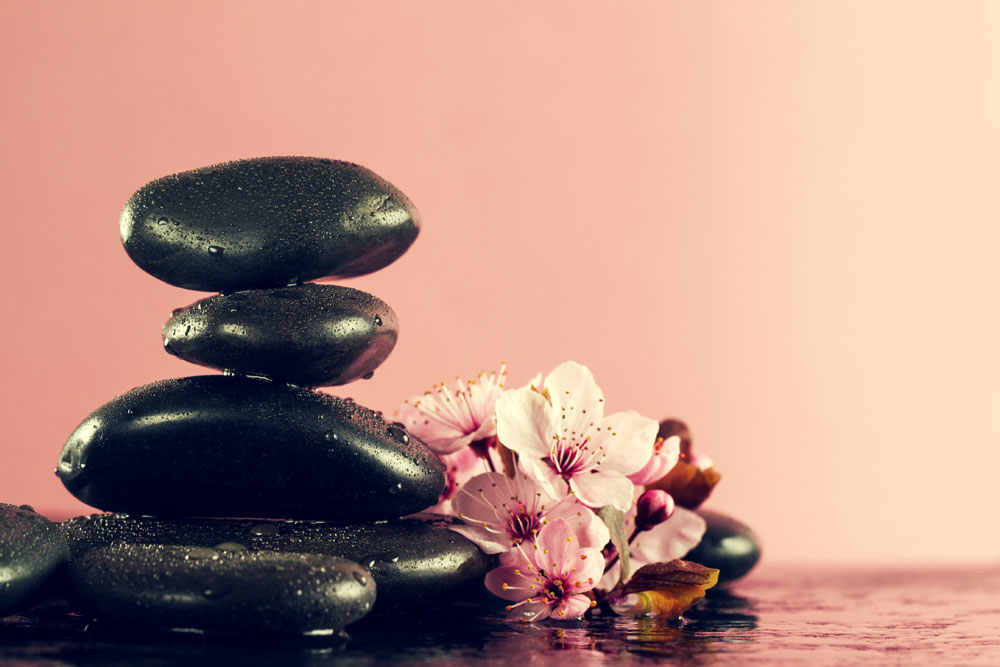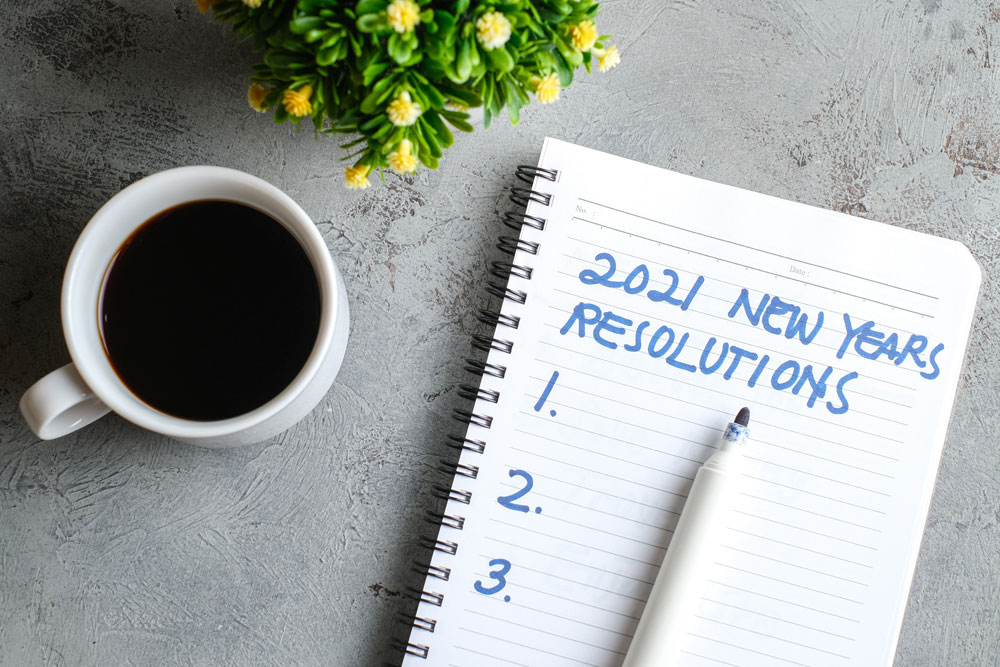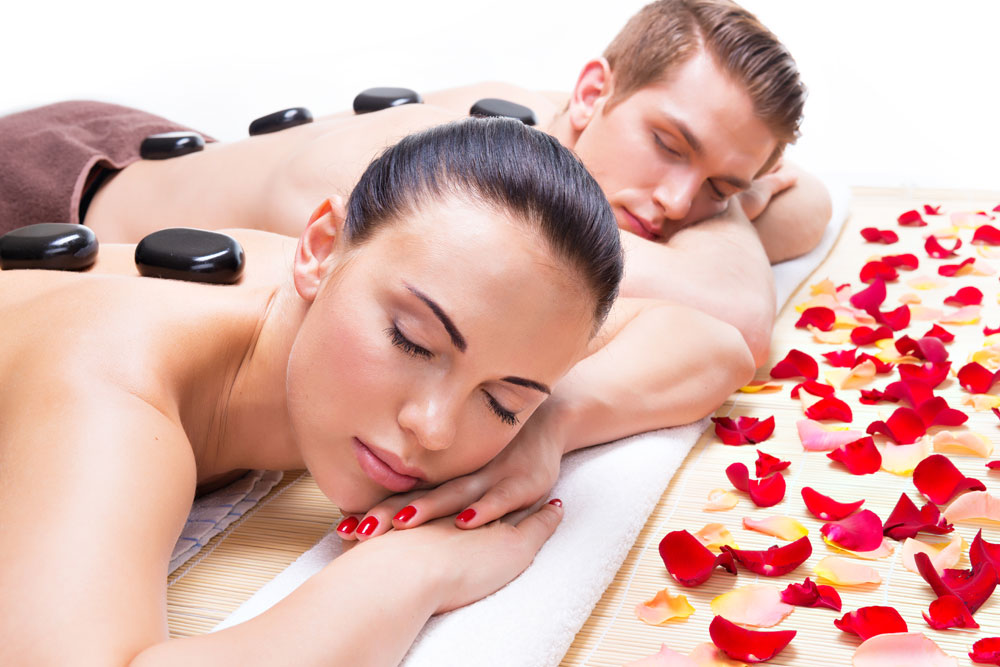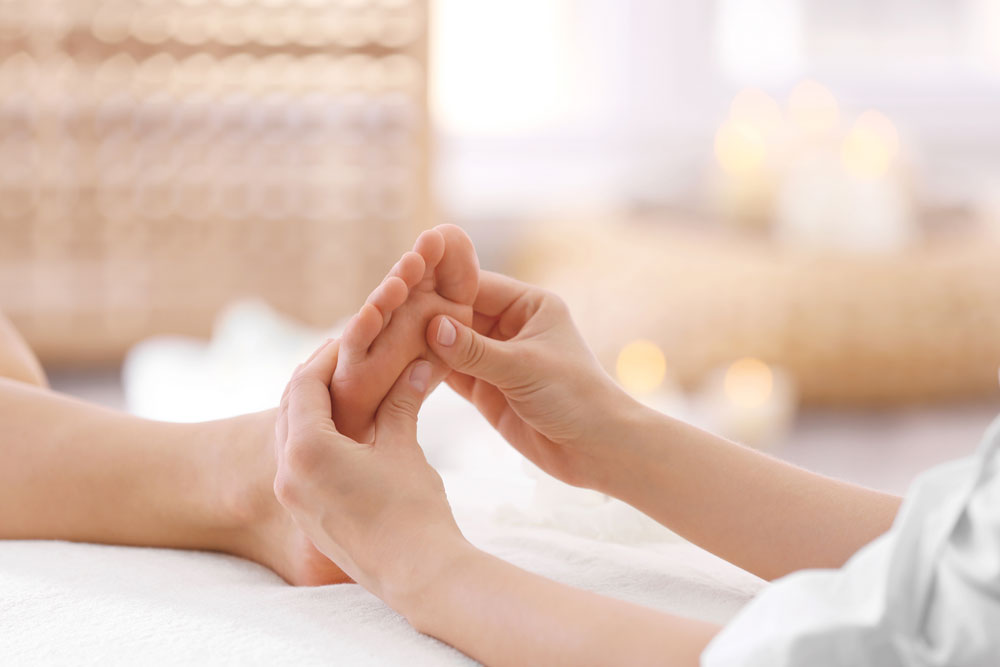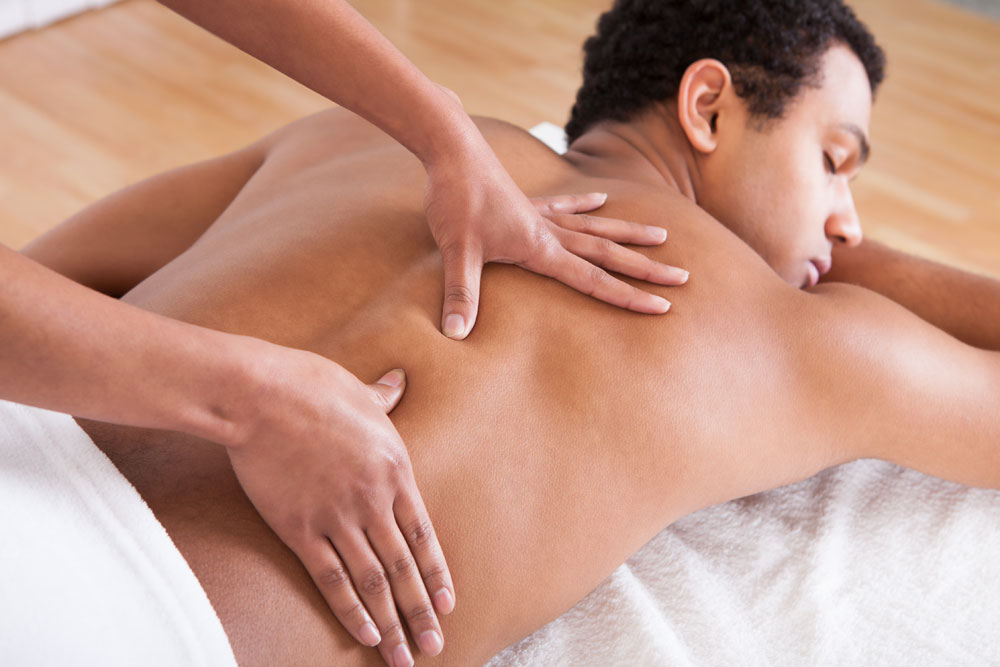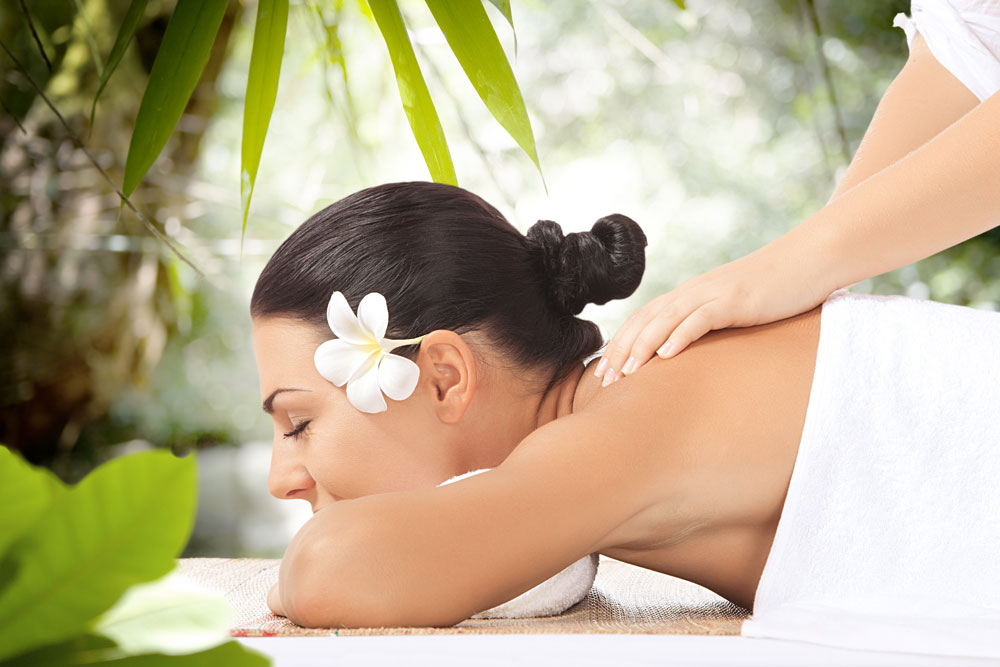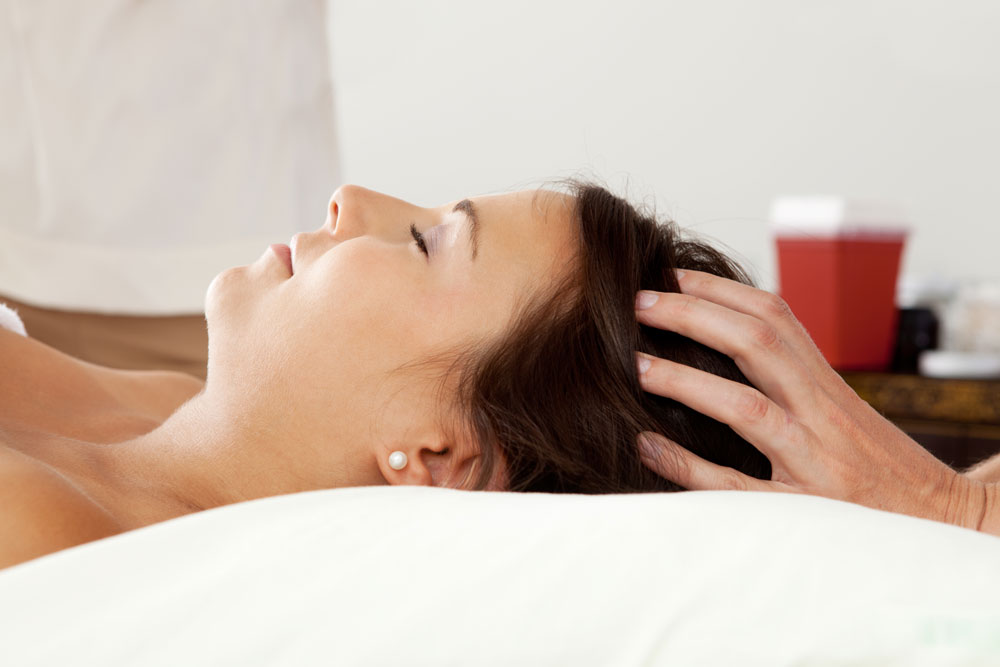Massages offer more than just relaxation—they’re a gateway to better physical and mental health. However, the rejuvenating effects of a massage can fade if not supported by proper self-care. Whether you’re an avid massage enthusiast or someone just beginning your wellness path, nurturing your body between massage sessions is key to preserving those benefits.
This blog will highlight the physical and mental benefits of regular massages and share nine actionable self-care strategies to keep your body and mind thriving between visits. From improving posture to managing stress, these tips will help you maintain that post-massage bliss all week long.
The Benefits of Regular Massage
When it comes to wellness, the benefits of regular massage therapy are undeniable. Here’s what massages can do for your body and mind:
1. Physical Benefits
- Relieves tension and pain: Massages ease muscle tightness, improve circulation, and promote faster recovery.
- Improves flexibility: Regular sessions enhance your range of motion by reducing muscle stiffness and improving joint health.
- Boosts the immune system: Massage has been shown to increase the body’s ability to fight infections by stimulating lymphatic flow.
2. Mental Benefits
- Reduces stress: Massage sessions lower cortisol (stress hormone) levels while increasing mood-boosting hormones like serotonin.
- Enhances relaxation: Regular massages activate the parasympathetic nervous system, calming the mind and promoting relaxation.
- Improves sleep quality: Massage therapy can make it easier for the body to transition into restorative sleep.
The next step? Taking proactive measures to support these benefits between massage appointments.
Self-Care Tips to Enhance Massage Benefits
1. Stretch It Out
Stretching keeps your muscles limber and reduces the risk of stiffness after a massage. Focus on dynamic stretches for tense areas like your shoulders, neck, and back. Even 10-15 minutes of stretching daily can work wonders for muscle recovery.
Example: Try a chest opener stretch to loosen tight shoulders or a seated forward fold to stretch your hamstrings.
2. Fix Your Posture
Poor posture is one of the biggest causes of muscle tension that sends people running to their massage therapists. Monitor your posture throughout the day, especially if you work at a desk, and incorporate ergonomic tools like lumbar support pillows or standing desks where necessary.
Tip: Create a reminder on your phone to check your posture hourly.
3. Use Heat Therapy
Applying heat to sore or tight muscles post-massage can increase circulation and promote healing. Invest in a heating pad, or take warm baths with Epsom salts to relax deeper muscle fibers.
Quick Tip: Epsom salt baths aren’t just relaxing—they provide your body with much-needed magnesium to relieve tension.
Nutrition and Hydration
Believe it or not, what you eat and drink directly impacts the longevity of your massage benefits.
4. Stay Hydrated
Massages can release toxins stored in your muscles, and hydration is crucial to flushing them out. Make it a habit to drink water consistently throughout the day, particularly after a massage session.
How Much Water? A good rule of thumb is to aim for half your body weight in ounces of water daily. For example, if you weigh 150 pounds, drink at least 75 ounces.
5. Eat Anti-Inflammatory Foods
A balanced diet rich in anti-inflammatory foods can support muscle recovery and reduce soreness. Stock up on leafy greens, berries, and foods high in omega-3 fatty acids (like salmon and chia seeds).
Pro Tip: Avoid processed junk food and limit caffeine, as these may increase inflammation and tension.
Stress Management Techniques
6. Practice Meditation and Deep Breathing
Stress can quickly undo the relaxing effects of a massage. Combat this by incorporating daily stress-relief practices like meditation or controlled breathing exercises, which lower stress levels and activate your parasympathetic “rest-and-digest” mode.
Try This Exercise: Place one hand on your chest and the other on your stomach. Take a deep breath in, expanding your stomach, then exhale slowly. Repeat 10 times.
7. Spend Time in Nature
Getting outside and connecting with nature can help decompress your mind and alleviate stress. A brisk walk through the park or time gardening can boost your mental well-being.
Bonus: Fresh air + natural light = improved mood and relaxation.
Exercise and Mobility
8. Stay Active with Low-Impact Exercises
Regular physical activity helps keep your muscles supple and maintains the effects of a massage. Focus on exercises like yoga, Pilates, or swimming to strengthen your body without adding strain to your recovery.
Suggested Routine: Schedule 2-3 yoga sessions weekly, alternating between restorative and vinyasa flows tailored to your flexibility goals.
9. Focus on Mobility Work
Simple mobility exercises can prevent stiffness and ensure impacted areas stay relaxed. Consider foam rolling to target tight spots or follow a guided mobility flow.
Example Exercise: Use a foam roller for 1-2 minutes on your calves, IT band, or upper back for targeted relief.
Sleep Quality
Sleep is your body’s natural recovery time—maximize it for better results.
Tips to Improve Sleep Patterns:
- Create a bedtime routine that includes stretching or reading to wind down.
- Use blackout curtains or a sleep mask to eliminate light that may disrupt melatonin production.
- Keep a consistent sleep schedule by going to bed and waking up at the same time daily.
High-quality sleep enhances muscle recovery and prolongs the benefits of your massage sessions long after they’re over.
Professional Advice
Your self-care routine should be as unique as you are. Consulting with your massage therapist or a healthcare professional can provide personalized recommendations based on your specific needs and muscle tension patterns.
Don’t be afraid to ask questions during your next massage session—your therapist can share exercises, stretches, or habits to maintain optimal results.
Take Charge of Your Wellness Routine
Regular massages are a fantastic step to achieving full-body health, but their benefits are maximized when paired with a consistent self-care plan. By integrating stretching, hydration, mindfulness, and mobility exercises into your daily life, you’ll not only extend the effects of your massage but also cultivate a healthier, more balanced lifestyle.
Start small. Pick one or two of these tips and try them out this week. And if you’re ready to take your wellness to the next level, book your next massage session at Qi Massage & Natural Healing Spa.

